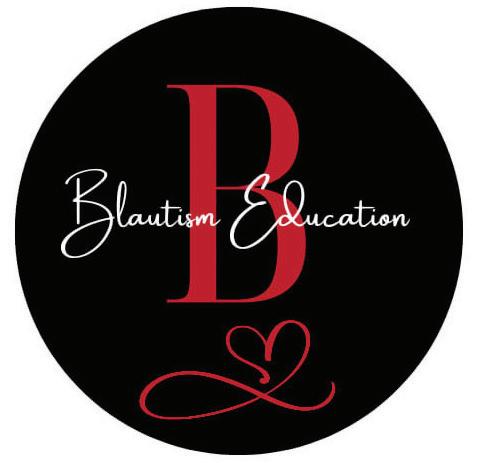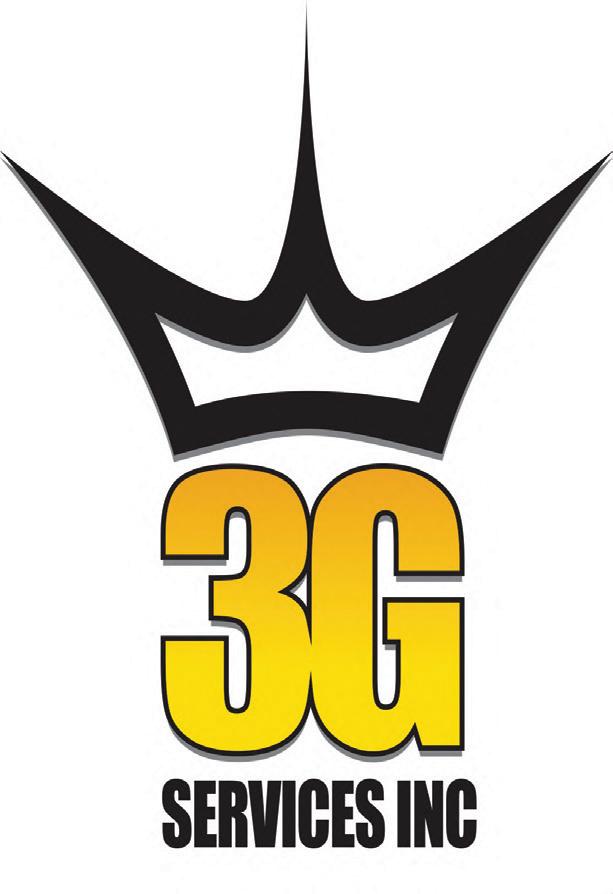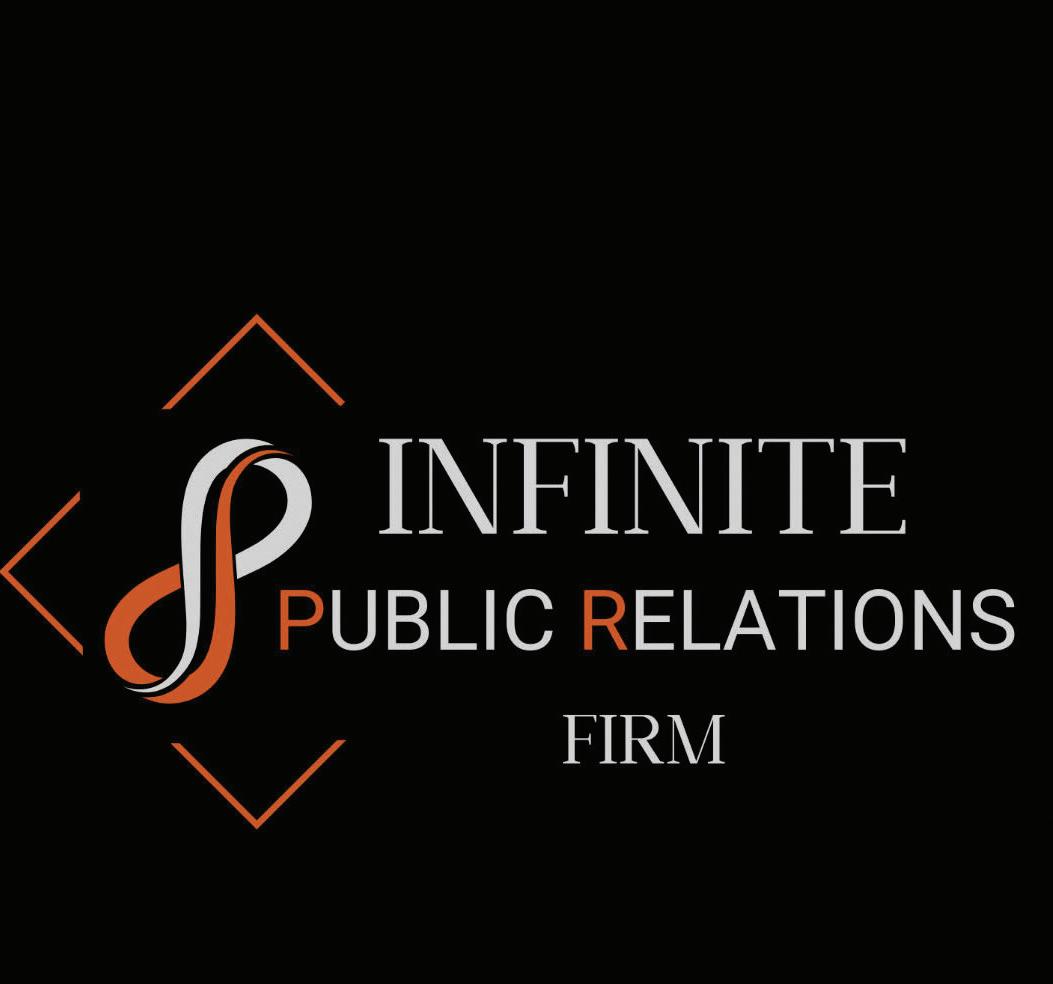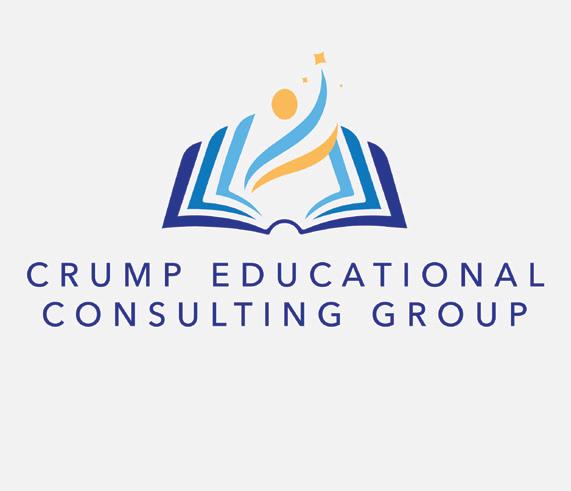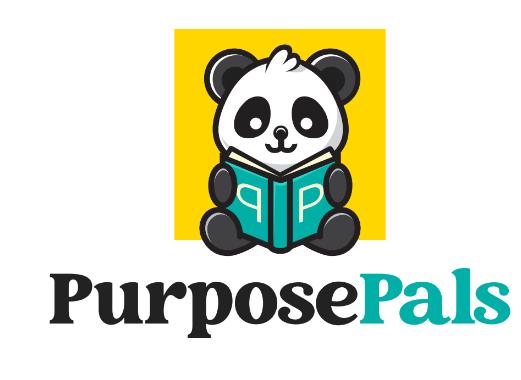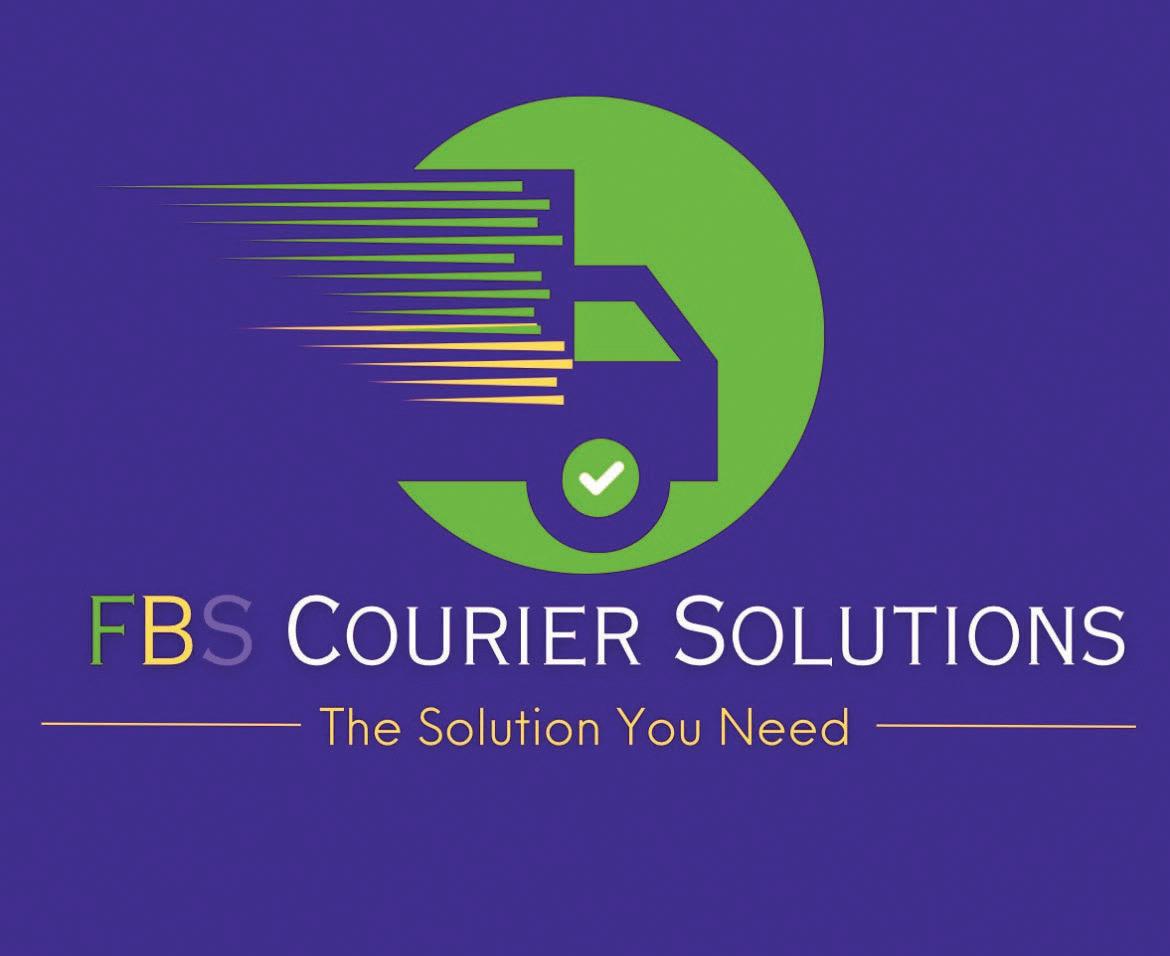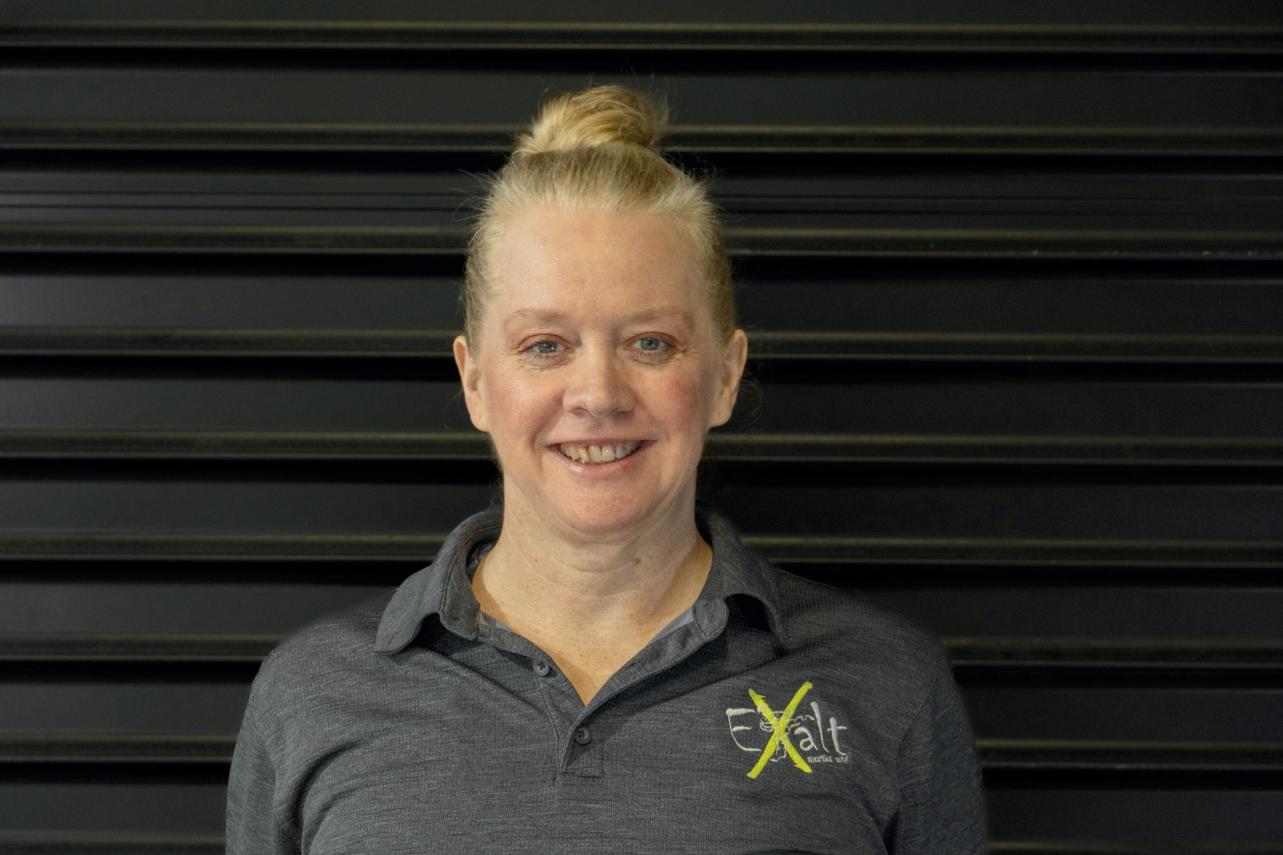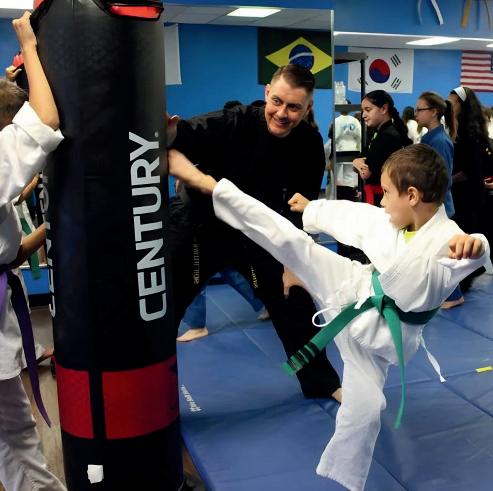




















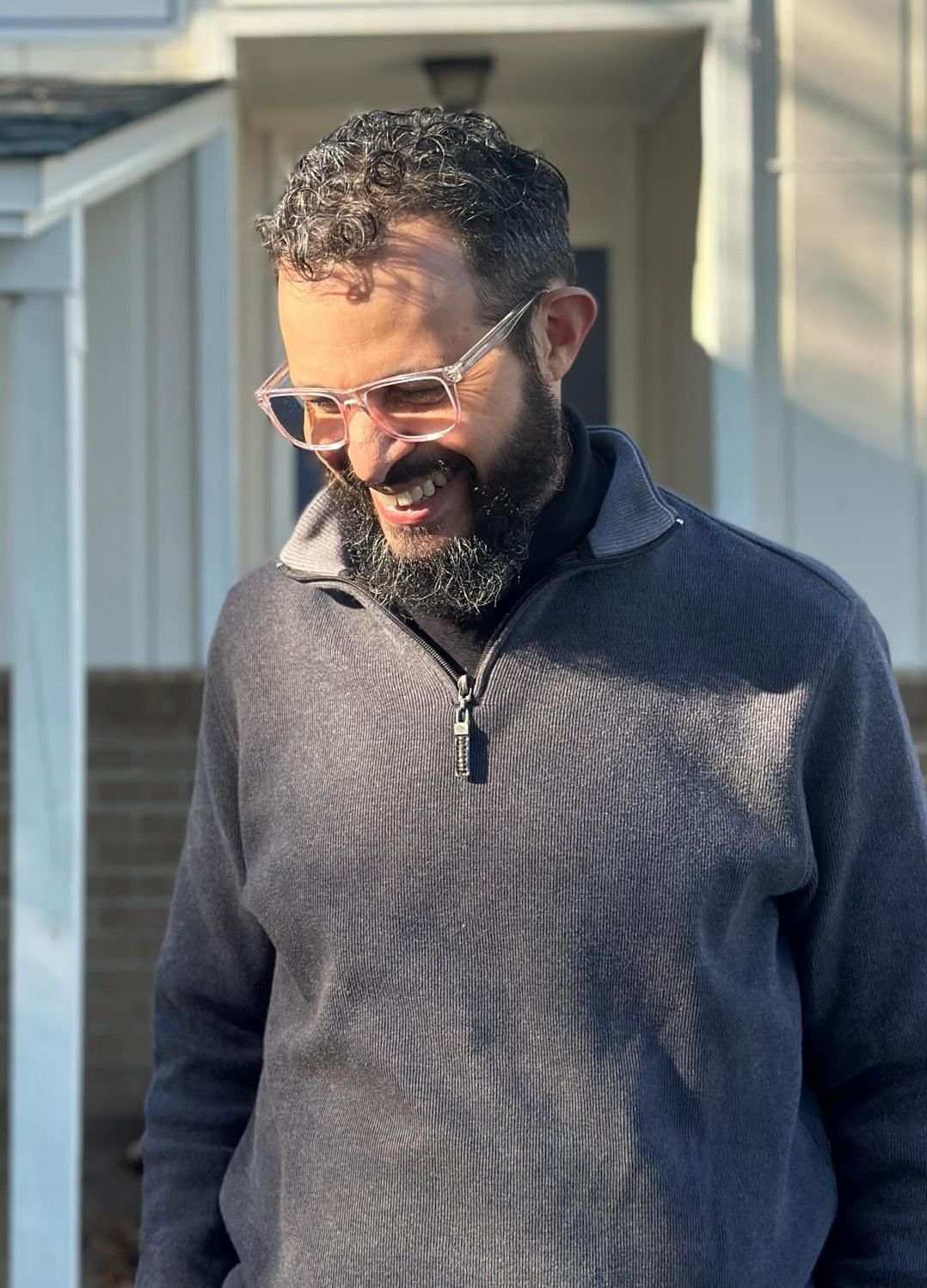
28 Shawn Woodin
Shawn Woodin, CEO of Southern Scholarship Foundation, shares his path from Peace Corps volunteer to nonprofit leader. Highlights include his early life, leadership journey, mental health initiatives, impactful programs, fundraising efforts, and lessons learned. His advice for aspiring leaders and insights on living authentically underscore his passion for community-driven impact.
34
Jennifer Powell explores mentorship’s transformative power, emphasizing growth for mentees and mentors, community impact, leadership opportunities, and practical steps to inspire connection, confidence, and meaningful change.
The information in this publication is presented in good faith. The publisher does not guarantee accuaracy or assume responsibilty for errors or omissions.
Copyright 2025 Approved & Grant-ED All rights reserved. Reproduction, in part or in whole, without expressed written consent of the Publisher or Approved & Granted is prohibited. Published by PurposePals Publishing, LLC. purposepalsllc.com
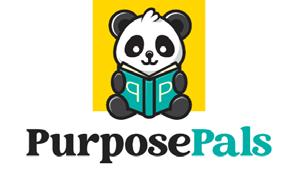

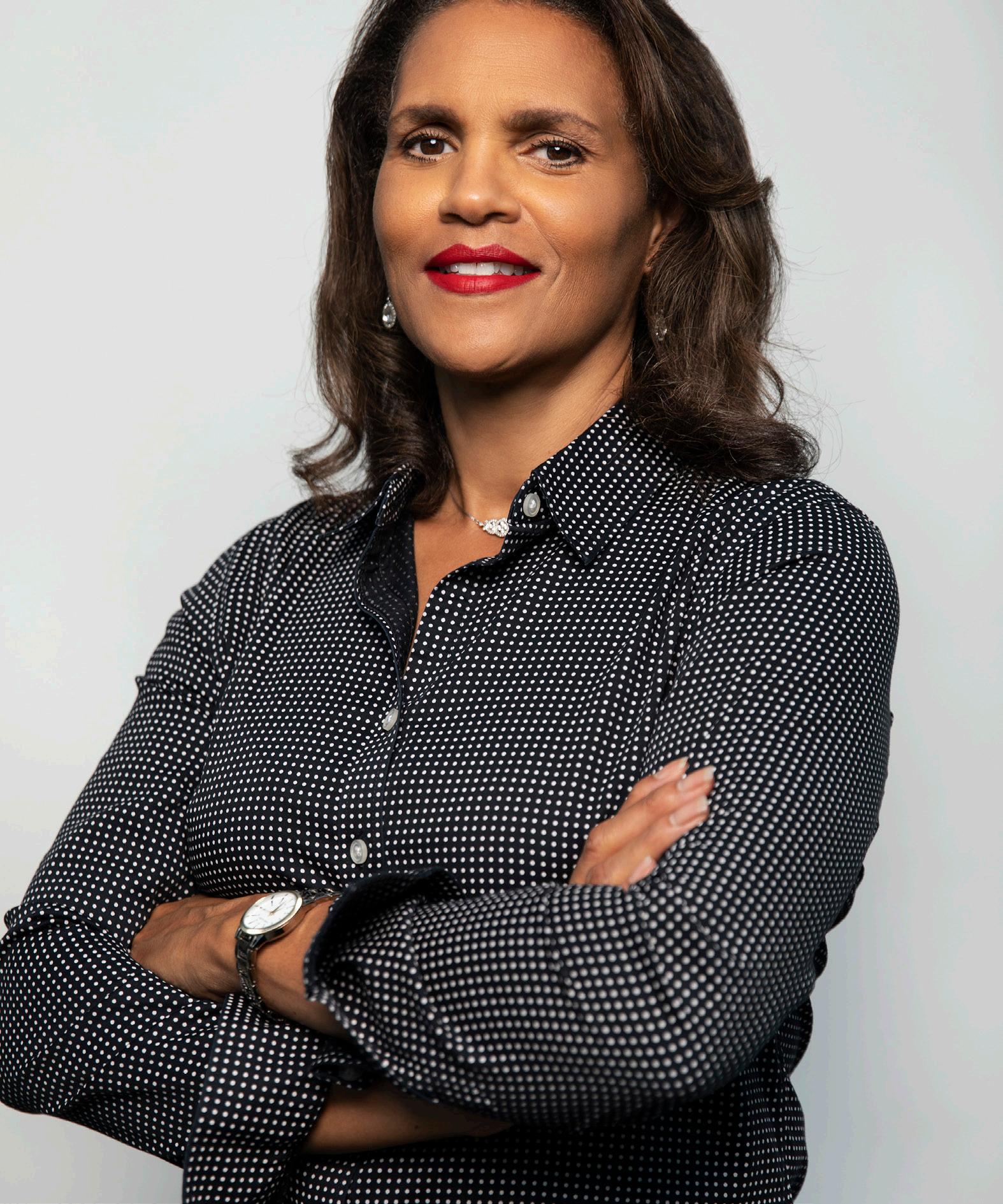
44
HBCU in LA: Bridging the Gap for Underrepresented Talent in Hollywood and Beyond
Stacy Milner’s HBCU in LA connects HBCUs to Hollywood, fostering diversity through internships, mentorship, and professional development, empowering underrepresented students to amplify authentic stories in entertainment.
46
Laying the Groundwork: 10 Steps to Opening a Nonprofit Bank Account
Mary Stafford outlines 10 steps for nonprofits, from mission definition and incorporation to tax-exempt status, compliance, and banking, ensuring financial transparency and organizational success.

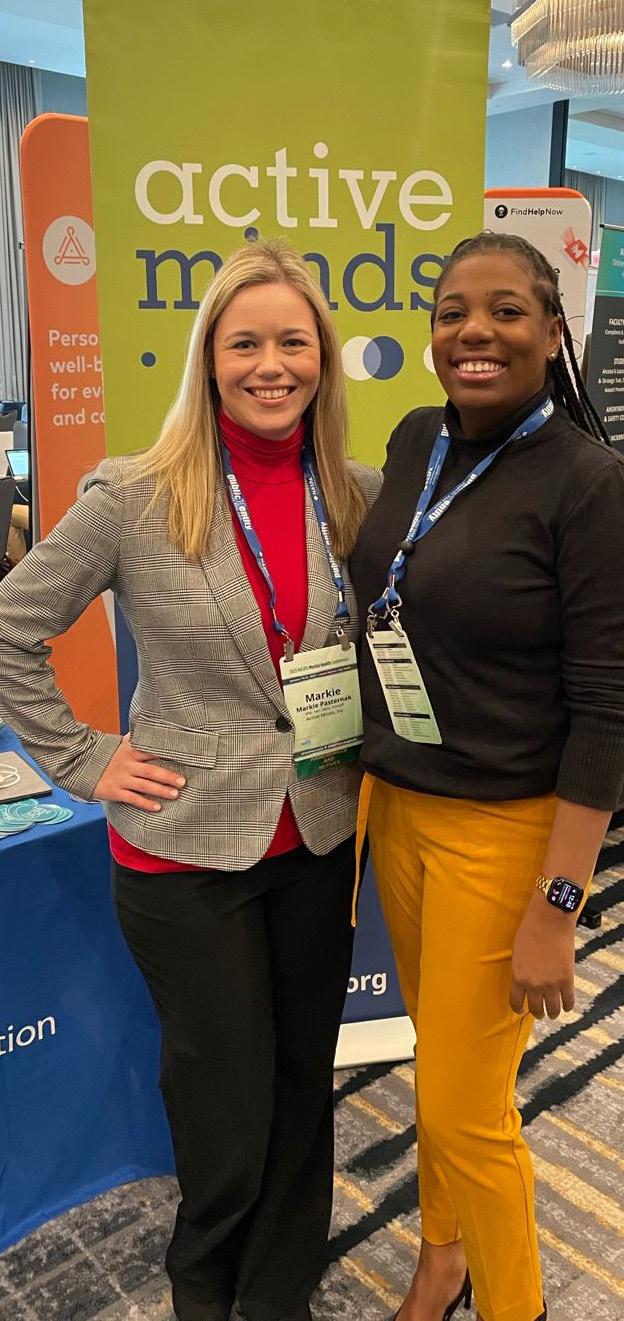

As we look to the future, it’s clear that the next generation will shape the world we live in. Our college students and young adults, those aged 18 to 24, are the leaders of tomorrow. Yet, too often, this age group is overlooked in discussions about youth development and support. It’s time we shine a spotlight on them, recognizing not only their potential but also the vital services and resources available to help them succeed.
One such resource is the many nonprofits and businesses that serve this unique demographic. From mentorship programs to career development opportunities, these organizations are dedicated to helping young adults transition from the classroom to the real world. What many don’t realize is that this age range is still considered youth, and there are significant grant funds available for those working to support and empower them.
As the founder of Creative Mind Solutions, Inc., a nonprofit that supports youth ages 5 through 24, I have seen firsthand how impactful these services can be. We assist youth in pursuing higher education through scholarships, help them see a better future by guiding them through job opportunities, and provide the tools to navigate challenges like securing housing and managing finances. Additionally, we offer access to mental health support, which is critical in today’s world. This generation of students is one I am incredibly passionate about, and I’m proud to support them in every way possible.
In all of my businesses, I see the need to create space and opportunities for young adults—those who may have been overlooked but who bring fresh perspectives and incredible talents to the table. At A. Scott Consulting Group, we are excited to announce the launch of our very first Approved & Grant-ED Chorot, in partnership with Infinite Public Relations Firm and PurposePals Publishing. This new initiative is designed specifically for college students seeking hands-on experience in public relations, journalism, graphic design, and communications. It’s an incredible opportunity
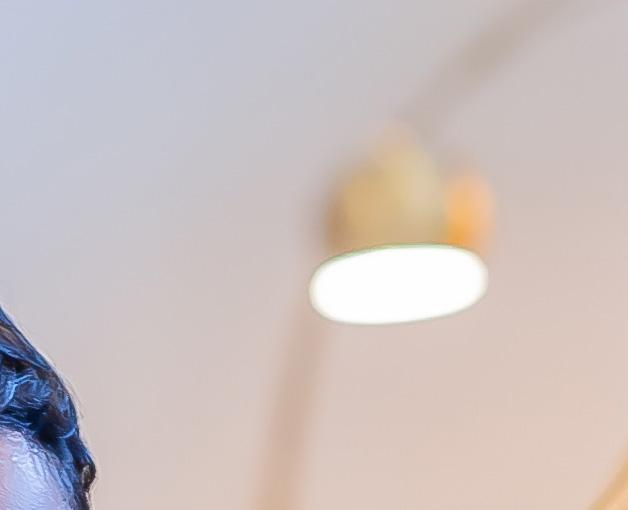
The future is bright, and it starts with the next generation. Let's work together to give them the support they deserve.
for students to gain real-world skills while contributing to nonprofits, businesses, and organizations dedicated to making a positive impact.
Beyond these opportunities, there are also groundbreaking initiatives making a significant impact. Organizations like the Southern Scholarship Foundation are providing housing at no cost to college students who would otherwise be unable to attend, ensuring that financial barriers don’t hinder their education. HBCU LA is securing paid internships for college students nationwide, offering them invaluable career experience while easing their financial burdens. Young nonprofit philanthropists like Amaya Waymon and Destiny Jackson are inspiring their peers to become activists and entrepreneurs, proving that the next generation has the power to shape their own paths to success. Additionally, partnerships with major companies like Blue Cross Blue Shield are granting college students access to healthcare while they’re still in school, addressing critical mental and physical health needs in an increasingly challenging environment.
These programs and organizations are all part of a larger ecosystem, one where everyone plays a role in supporting the future leaders of tomorrow. Through community investment and nationwide grant opportunities for nonprofits, we can ensure that this generation has the resources they need to thrive. The next generation needs us—and through these pages, I hope the stories you read will inspire, catalyze, and motivate you to make a difference. Together, we can empower the next generation to build a brighter future for us all. The future is bright, and it starts with the next generation. Let’s work together to give them the support they deserve.
Ashley Scott, Editor-In-Chief
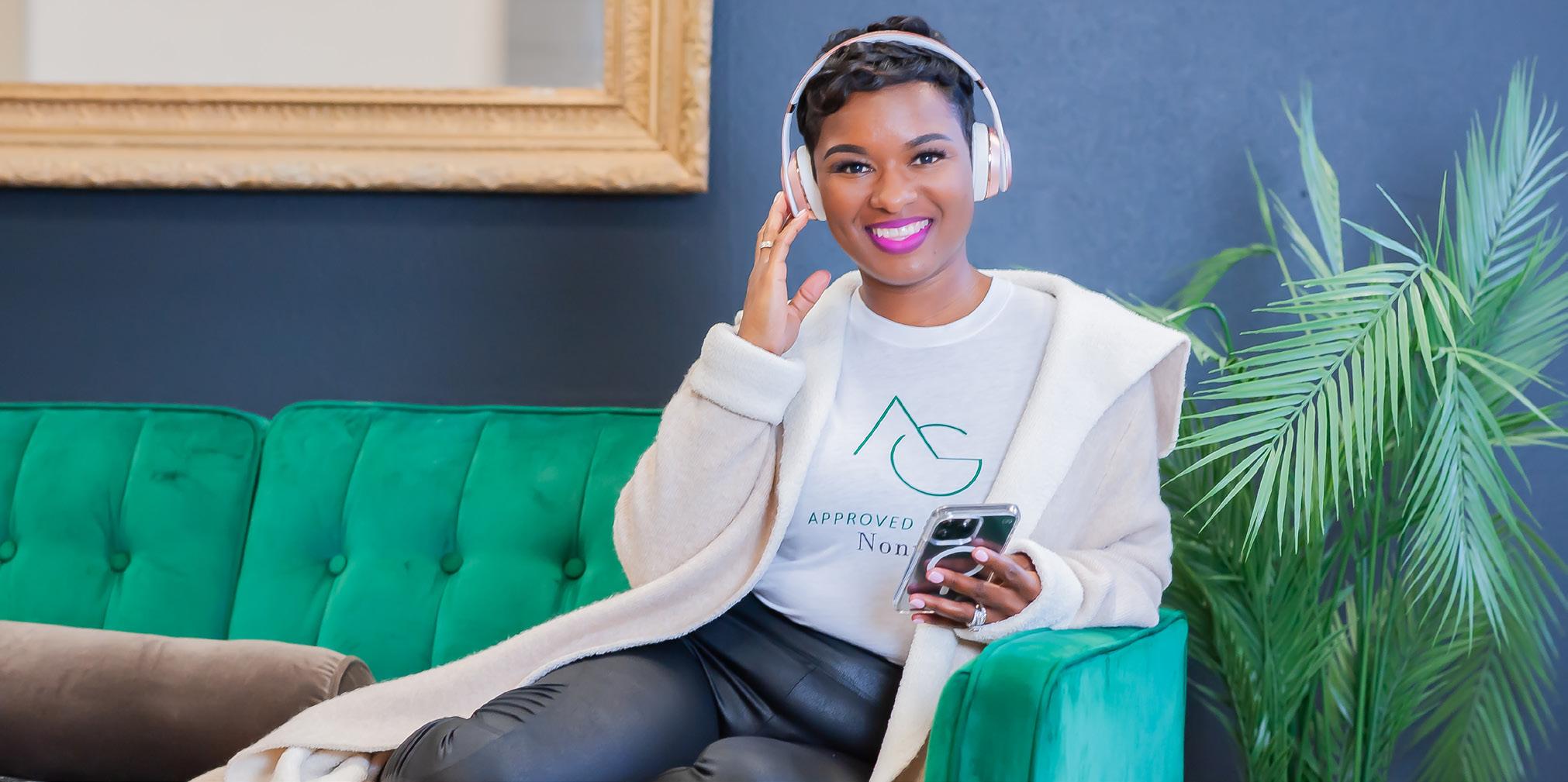

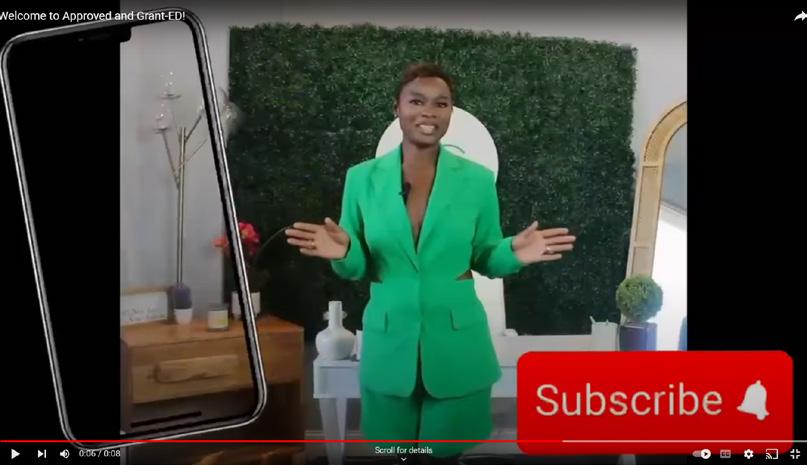

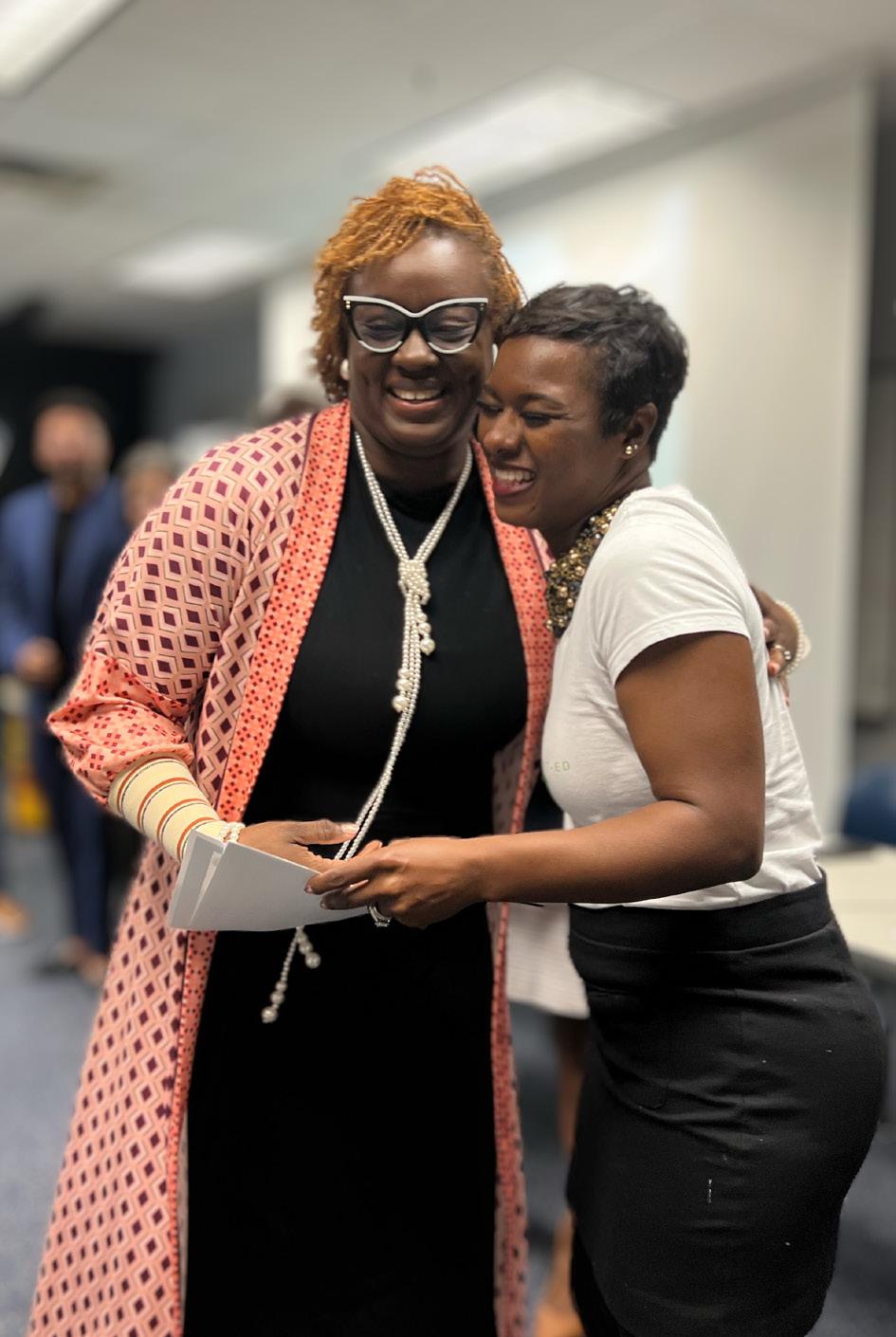
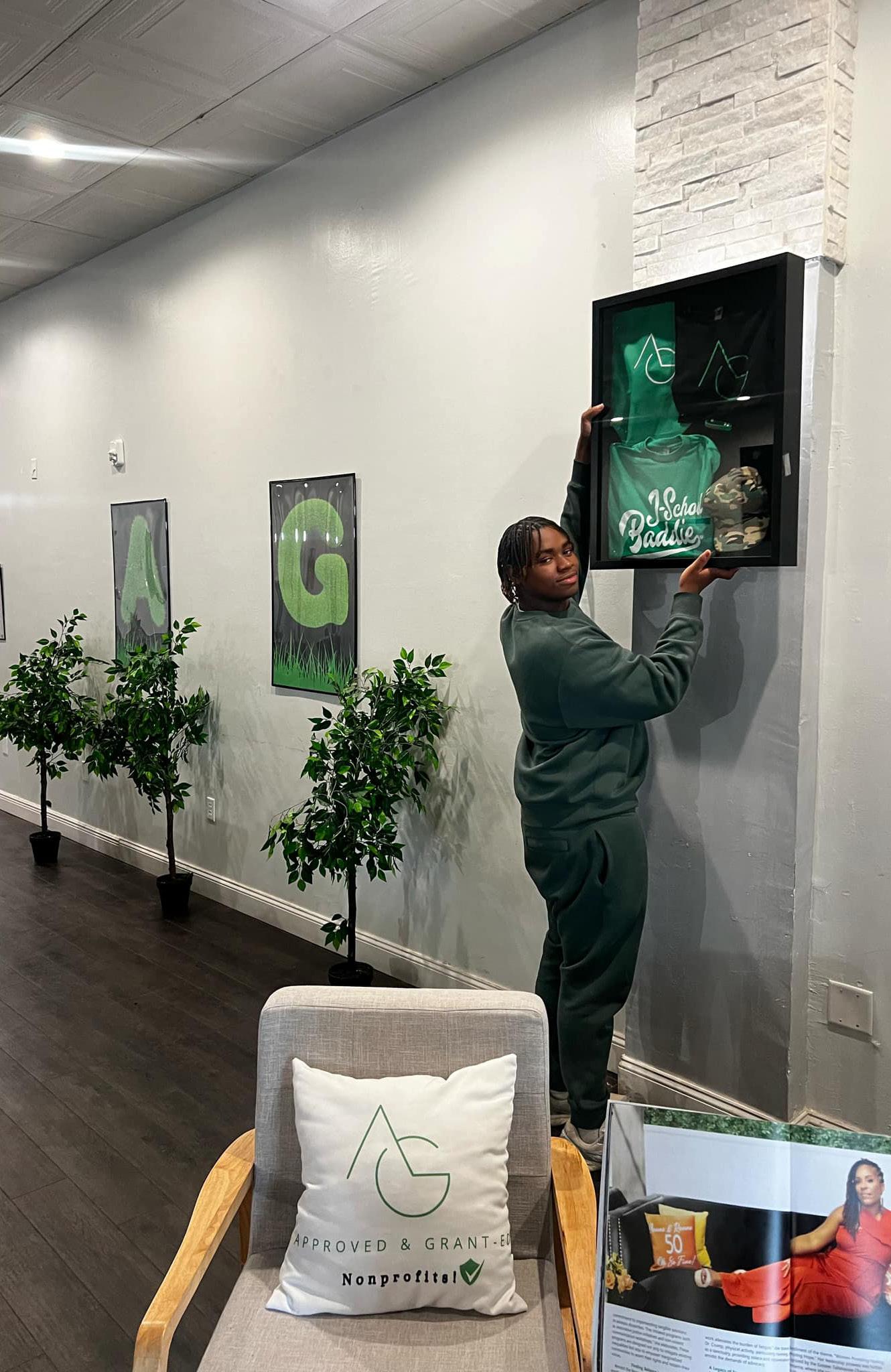
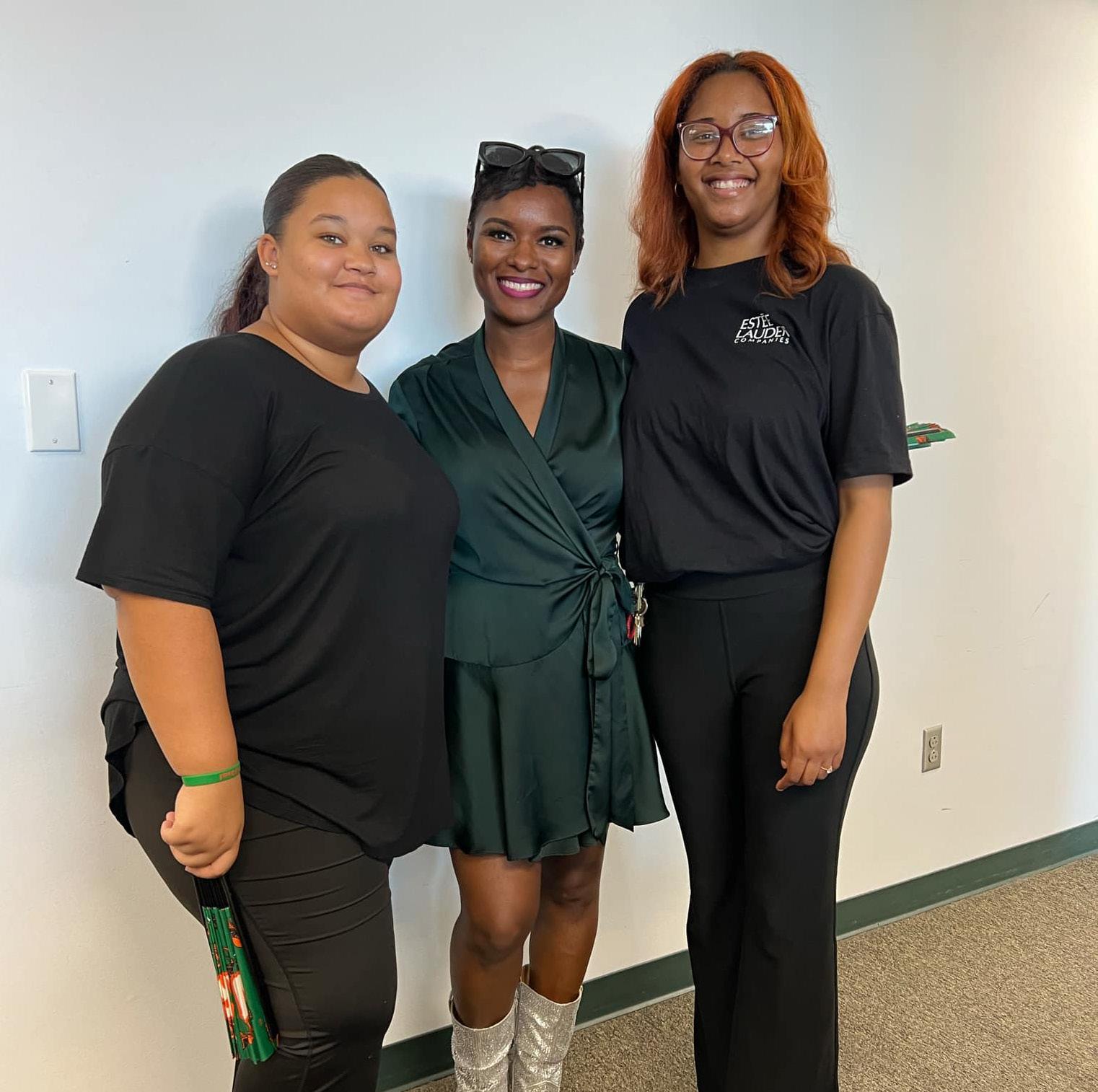
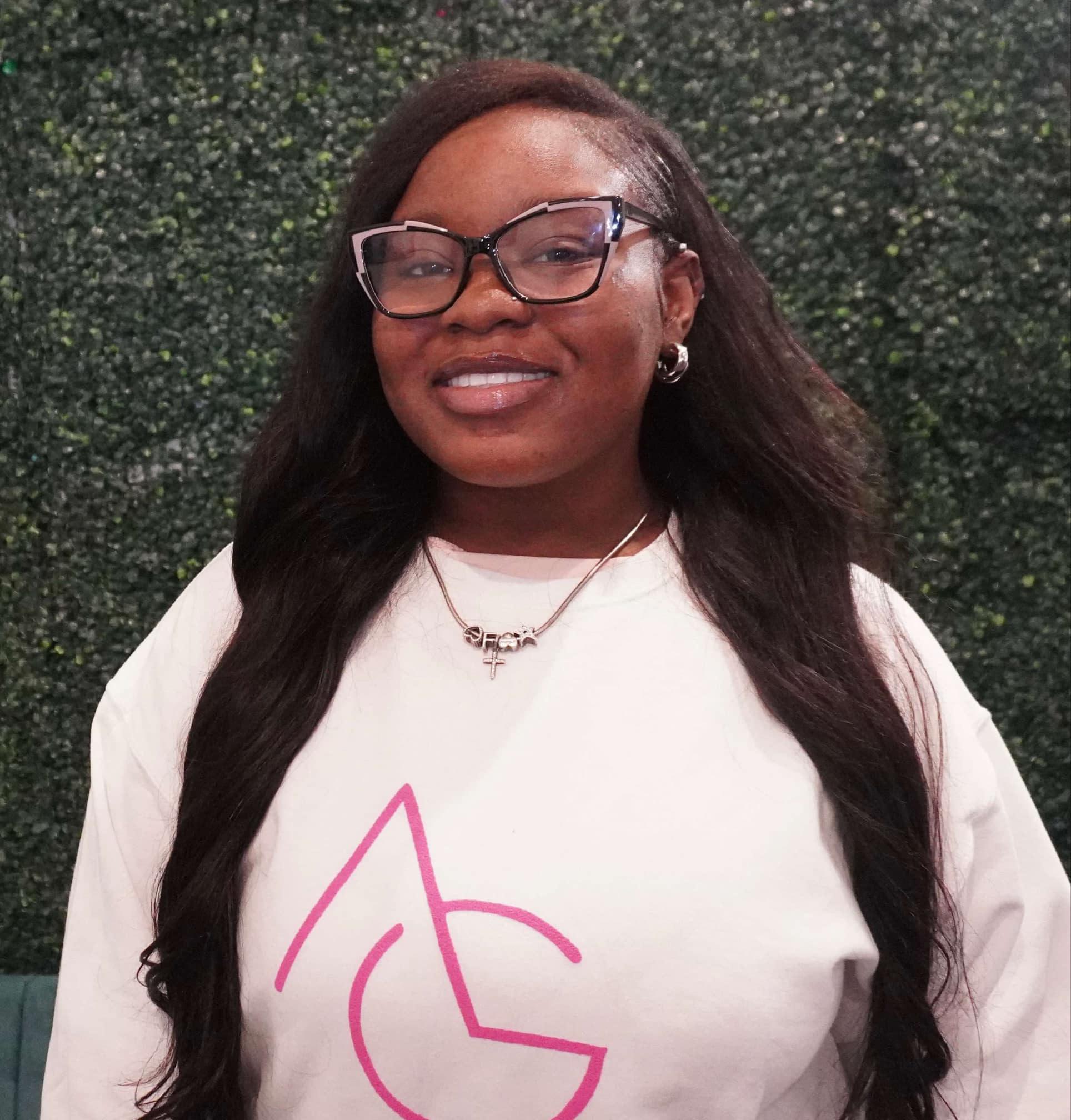
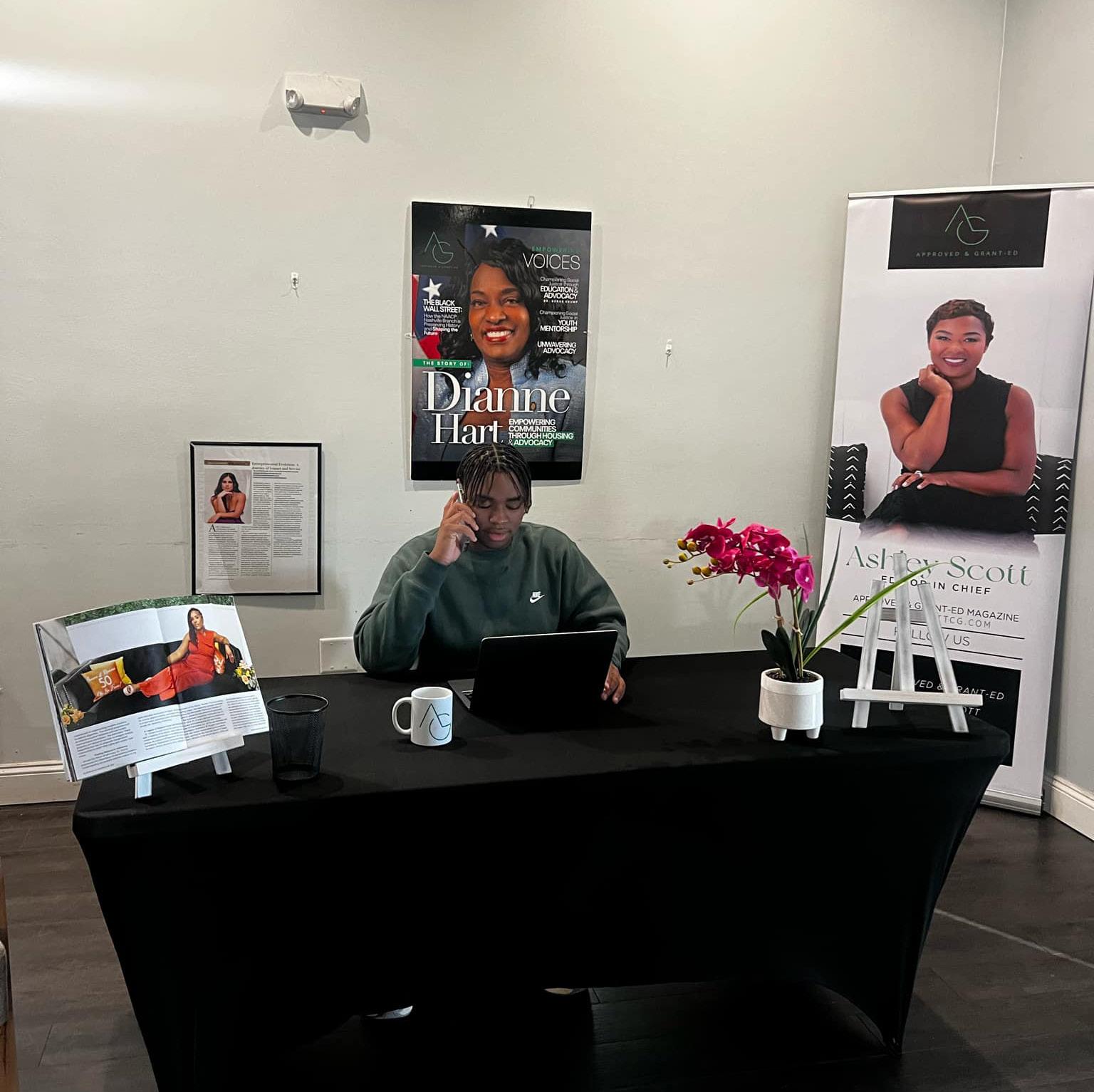
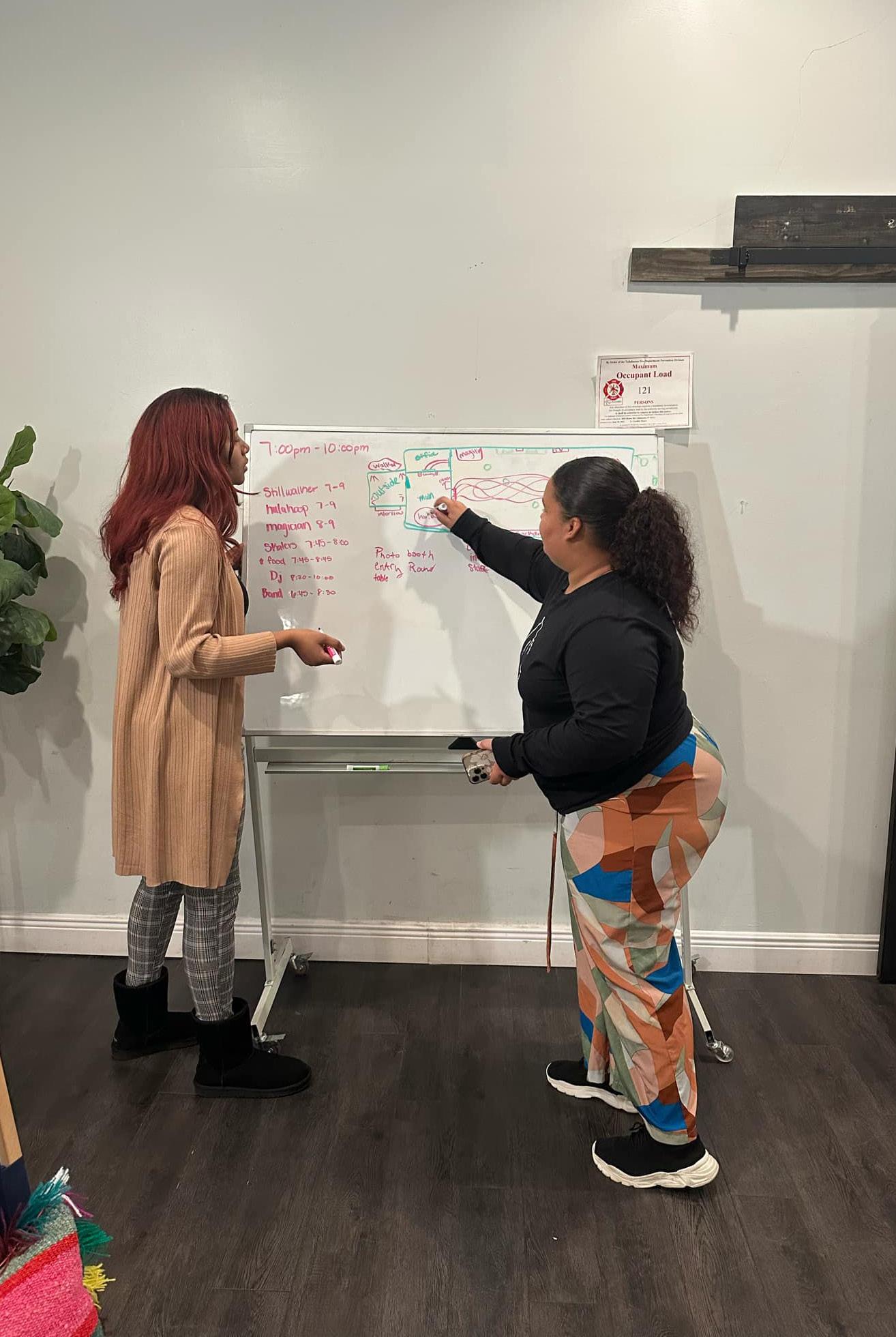
AG Intern- Cohort I in Partnership with Infinite Public Relations Firm Staff
Nayla Harris
Telay Forbes
Interns
Felixia Francis
Jasmine Petion
Jamel Nedderman
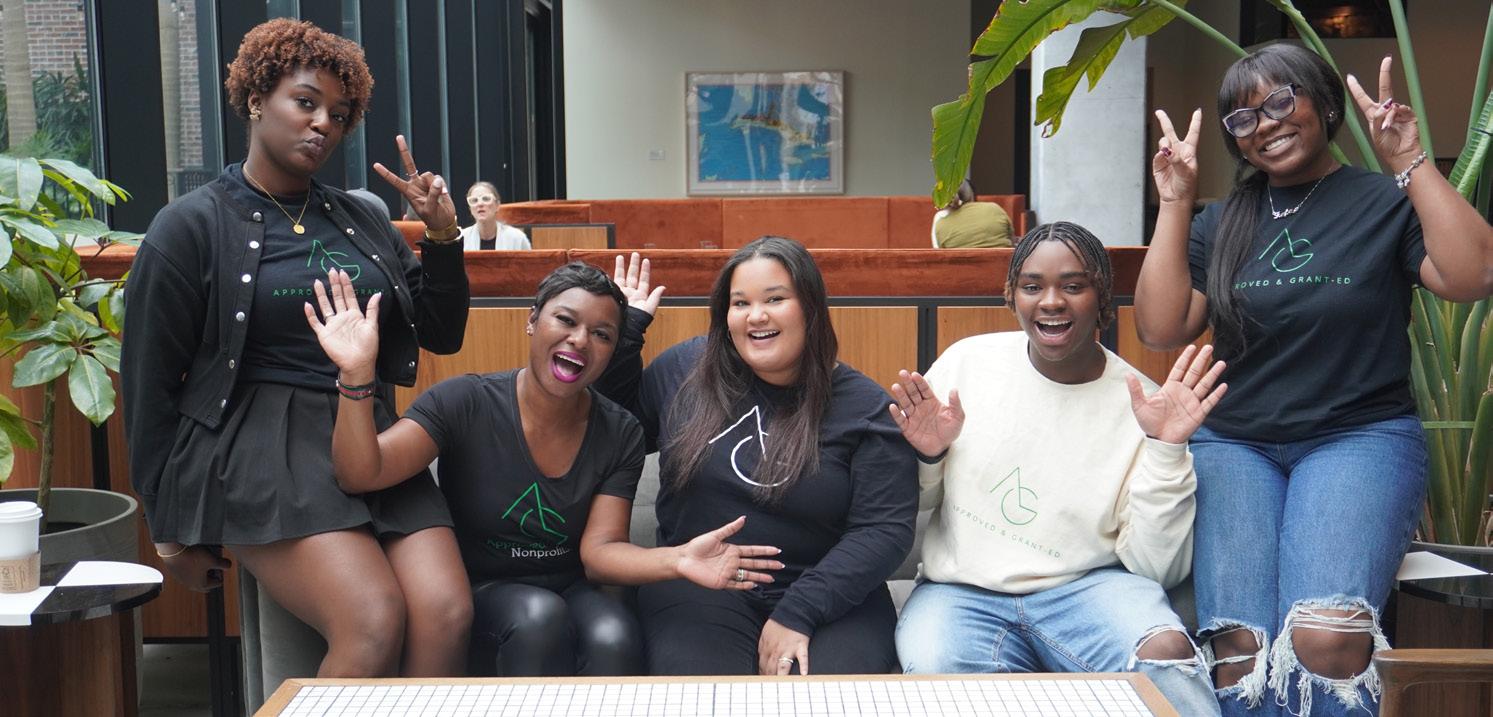
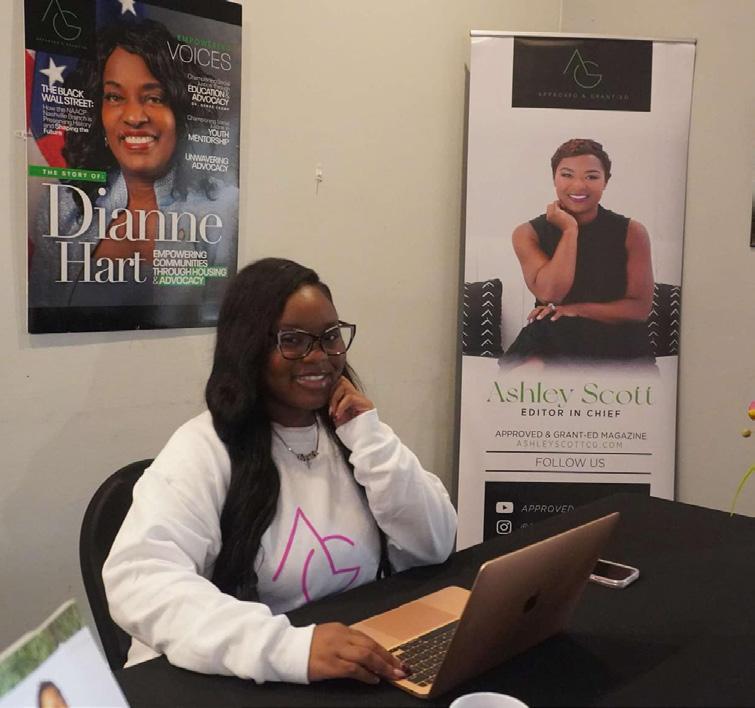
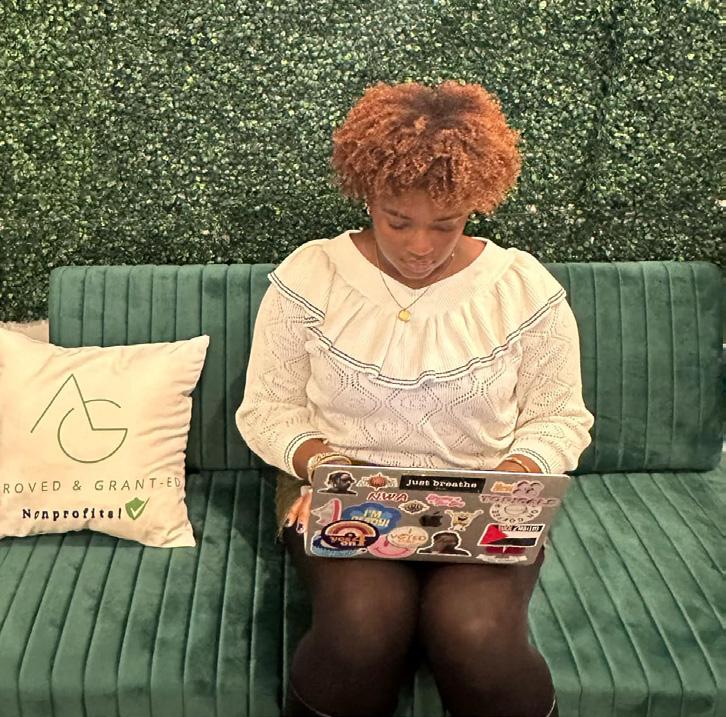
By Jasmine Petion
Q: What inspired you to pursue a career in communications and teaching?
A: When I was a little girl, I was obsessed with education. I was born into a beautiful, large family and I loved learning from my older siblings. I would sit next to them and watch them do their homework. I also loved listening to my mom as she read books to me and my siblings; I felt so anxious to learn. At the tender age of four or five, I learned to read really well and also developed a love for writing. I also grew up watching the news everyday with my dad, which inspired me to go into communication/public relations, and education. When I was in undergrad, I worked as a deputy editor and staff writer for the Famuan, and I also did an internship with a wonderful PR agency, which confirmed my love for communication.
Q: How has working at and HBCU influenced your perspective on education and mentorship?
A: It has been such a magnificent experience working at FAMU! I have learned that education at an HBCU or any college/school is a labor of love. You find yourself voluntarily working endless hours just to help each student in finding their path, and it is so rewarding to see them cross the stage and become amazing professionals who will later become a mentor for others.
Q: What challenges or barriers did you overcome in your journey, and how have they shaped your teaching?
A: In my journey, I have learned that each student has a different story. While most students come to class happy and excited to learn, some students come with a heavy weight on their shoulders because of issues such as poverty/ homelessness, childhood trauma, sickness, loss of a loved one, learning disabilities, etc. So, I have shaped my teaching method to better cater to every student and make them feel comfortable and capable when they are in my class.
Q: Is there anything you wish students asked you more often?
A: Honestly, my students already ask a variety of wonderful questions per day, and I love it. I love their academic and career-oriented curiosity!
Q: How can I make the most of my time in college to
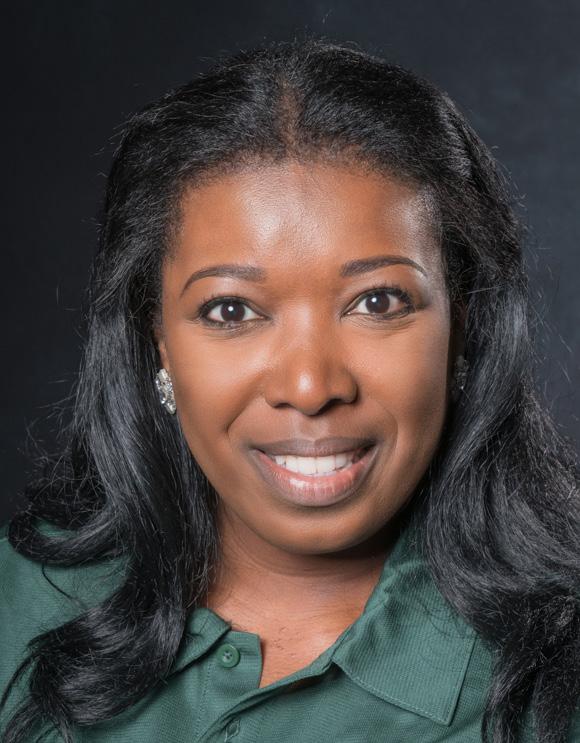
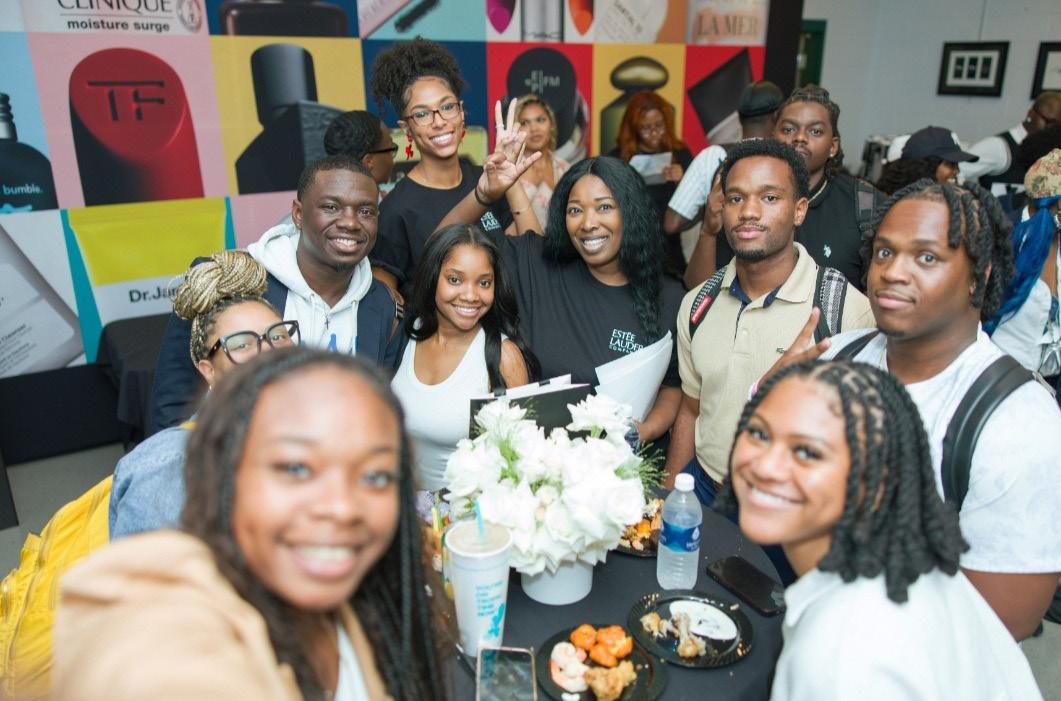
“In life, we never stop growing and dreaming.”
-Renata Hughes
prepare for a successful career in communications?
A: First, show up to class and be a great student. Second, I strongly encourage you to get involved with career-driven and professional organizations like PRSSA, NABJ, and SPJ. Also, work closely with the in-house media outlets and PR agency at your school. Last, do more than one internship experience!
Q: How can students build strong professional relationships networks while still in college?
A: Attend career fairs, expos, conferences, and any careerdriven events your school is hosting and network with the professional guests. It’s also a great idea for students to join a mentorship program, and of course, intern.
Q: What role has mentorship played n your career and how do you approach mentoring students?
A: I have been so fortunate to have amazing mentors from each university I have attended and from the companies/ organizations I have worked for over the years. Each of my mentors have inspired me to be my best self, so I seek to do the same for my students.
Q: Are there any alumni from the program you recommend students look up to for inspiration or guidance?
A: Yes, I recommend students follow @FAMUSJGC_82 on social media, which is where they can find alumni highlights and contact those alums for inspiration.
Q: What’s a memory or experience that has had a big impact on who you are today?
A: It is tough to select an experience because I have had many experiences that have helped in molding me into the hardworking professional I am today. In life, we never stop growing and dreaming. So, along life’s journey so far, I have been constantly inspired in some way.
Q: What do you enjoy doing when you have free time, and why does it bring you joy?
A: I really enjoy music, dance, fashion design, travel, swimming and boating, exquisite dining, and spending time with friends and family.
Q: Who in your life has influenced you the most, and how did they impact you?
A: I have been positively influenced by so many people in life so far, from my amazing family, to friends, former professors, bosses and coworkers (past and present), and more. But, after a moment of reflection, I would say my parents have influenced me the most, as they raised me to have great faith in any situation. As an adult, I still practice walking in that same great faith no matter how ugly or imperfect a situation looks.
Q: If you could relive any day in your life, which one would it be, and why?
A: It would be the day my sister Emily and I went driving around in her car. I was a teen learning to drive at that time and she so kindly took me out to help me gain some driving experience. We laughed and chatted along the way, and even almost had a serious accident, but we still had a blast. My sister Emily passed away of cancer about two or three years later of helping me with my driving lessons. One thing she taught me is to keep my eyes on the road. Well, I’m still keeping my eyes on the road, big sis...the physical road and the road of life!
Q: What project or experiences should students focus on to build an impressive portfolio?
A: Focus on every relevant experience such as class projects, volunteer opportunities, internship experiences, and more.
By Felixia Francis
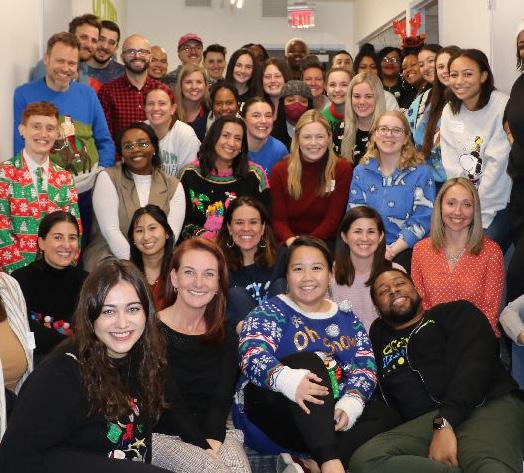
Mental health conversations have evolved significantly in recent years, and organizations like Active Minds are at the forefront of this change. Dedicated to empowering students to advocate for mental wellness on their campuses, Active Minds has become a leader in creating supportive environments for young people across the country. To understand the organization’s impact and approach, we spoke with a senior manager of higher education at Active Minds, who shared insights into their mission, programs, and the transformative power of student-driven advocacy.
As a senior manager of higher education, Markie Pasternak plays a pivotal role in Active Minds’ school mental health initiatives. “I work on our school mental health team under our VP of school mental health,” she explained. “My focus is on higher education, collaborating with colleges and universities to address mental health challenges through grants, partnerships, and programs.” One such initiative is the newly launched Mental Health Advocacy Institute, where students identify a mental health issue on their campus and develop strategies to address it. “It’s about empowering students to take ownership and drive meaningful change within their communities,” Pasternak added.
Founded in 2003, Active Minds initially focused on college campuses and has since expanded to K-12 schools and community spaces. The organization’s core lies in its chapter network, student-led organizations that advocate for mental health awareness and policy changes tailored to their campus communities. “Students lead these efforts, supported by advisers, but the initiatives and advocacy come from their passion and perspectives,” Pasternak
noted.
For students without an Active Minds chapter, the organization provides other opportunities to engage, including standalone projects, awareness campaigns, and partnerships with Active Minds staff. “Whether it’s launching an awareness campaign or advocating for new campus policies, we’re here to support students in creating a culture of mental health awareness,” she said.
Student leaders are the backbone of Active Minds, playing a critical role in advancing its mission. “We pride ourselves on being a student-driven organization,” the senior manager emphasized. “Our goal is to amplify student voices and ensure our resources are informed by their needs.” Active Minds actively gathers feedback and incorporates it into program development, ensuring initiatives reflect the diverse experiences and concerns of students nationwide. “This collaboration sets us apart, ensuring that everything we create is relevant and impactful for the students we serve.”
Diversity and inclusivity are central to Active Minds’ approach. The organization prioritizes creating resources that address the unique mental health needs of LGBTQ+ and BIPOC students. “We focus on centering these populations in our programs,” they shared. This involves tailoring materials for Historically Black Colleges and Universities (HBCUs), Minority-Serving Institutions (MSIs), and other diverse campus types, as well as highlighting mental health challenges specific to underrepresented communities. “It’s about creating resources that resonate with students from all backgrounds and empowering them to address the needs of their own communities,” she explained.
Reflecting on over a decade with Active Minds, Pasternak noted significant shifts in how mental health is discussed among
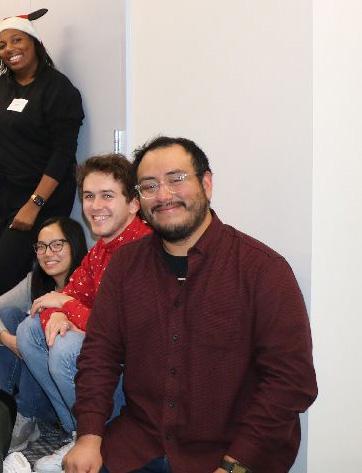
young people. “When I started in 2012, the focus was largely on reducing stigma. Today, the conversation has evolved to include advocacy, wellness, and community-specific mental health challenges,” she observed. “We’re moving from a broad conversation about stigma to addressing specific barriers faced by underrepresented groups.”
Getting involved with Active Minds is simple, regardless of your role or background. College students can join or start a chapter, participate in the Mental Health Advocacy Institute, or bring programs like “Send Silence Packing” to their campus. High school students can engage through the Mental Health Advocacy Academy. “For others, supporting Active Minds through donations, reading resources, or advocating for campus programs are meaningful ways to contribute,” they shared.
Active Minds demonstrates the power of student-led advocacy to transform the mental health landscape. By empowering students and tailoring resources to diverse communities, the organization is fostering a generation of mental health advocates ready to create lasting change.
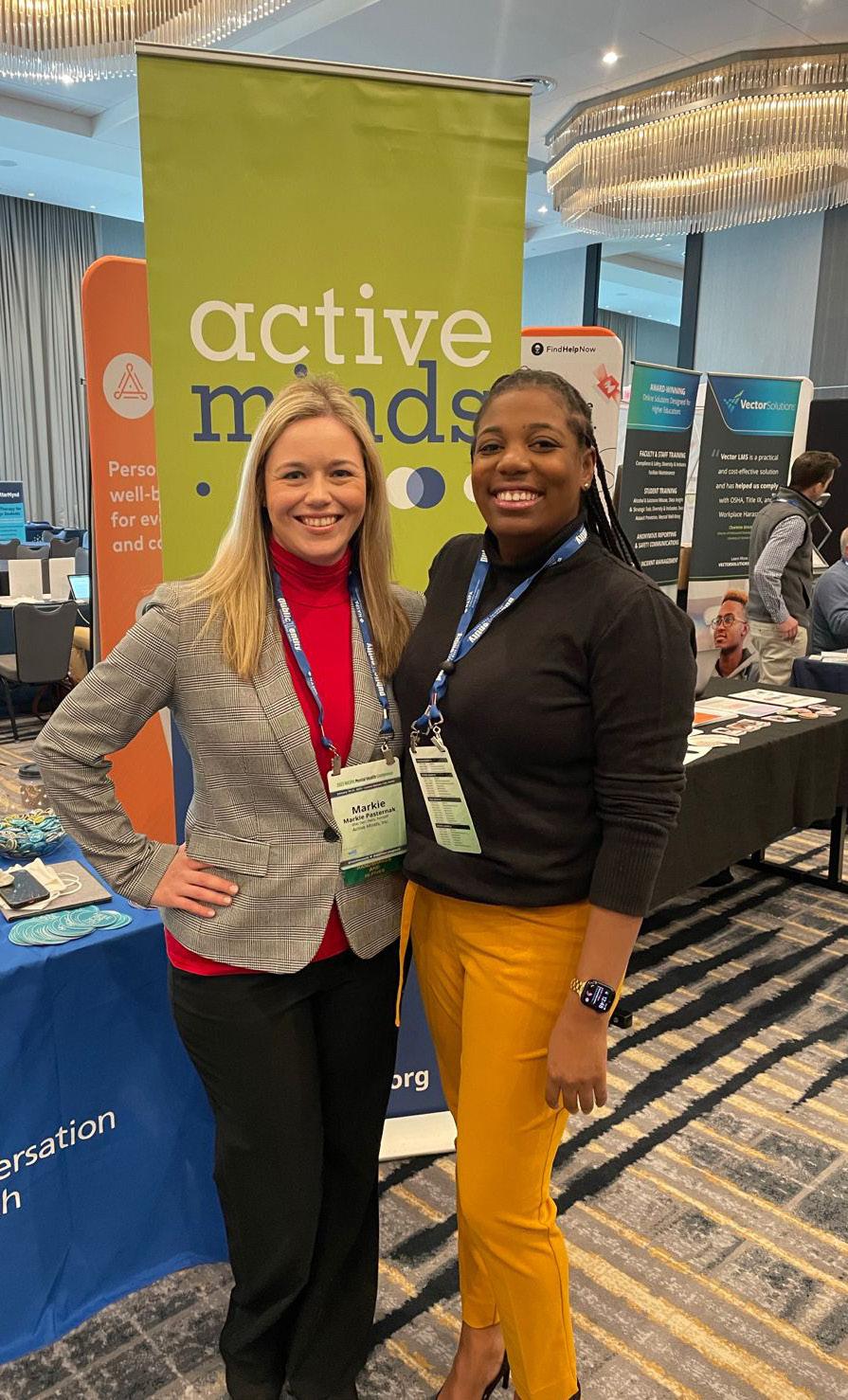
By Anita Whitby Davis
Transitioning from high school to college is a pivotal moment for any young adult, but for families navigating the journey with children who have Autism Spectrum Disorder (ASD) or other neurodivergent conditions, it can be uniquely challenging. The shift from the structured support of K-12 education to the self-advocacy required in higher education is a significant leap. Blautism Education, a non-profit organization, stands as a vital partner during this transition, empowering families and young
adults with the tools, knowledge, and resources they need to succeed.
At Blautism Education, we understand that the journey to independence begins long before the first day of college. Our work centers around advocacy, education, and collaboration to ensure that families are equipped to navigate the complexities of higher education and adulthood. We focus on empowering neurodivergent students to advocate for themselves while helping families understand their rights and responsibilities in this new
stage of life.
One of the primary challenges families face is understanding how the legal rights and protections under the Individuals with Disabilities Education Act (IDEA) in K-12 education transition to the accommodations provided under the Americans with Disabilities Act (ADA) and Section 504 of the Rehabilitation Act in higher education. Unlike K-12 schools, colleges and universities are not required to identify or proactively provide accommodations

Blautism Education stands as a vital partner during this transition, empowering families and young adults with the tools, knowledge, and resources they need to succeed.
for students with disabilities.
This shift places the responsibility on the student to disclose their disability, request accommodations, and provide documentation. Blautism Education offers workshops and oneon-one guidance to help families and young adults navigate this process. We help students prepare to advocate for themselves by understanding their rights, building self-confidence, and fostering clear communication skills.
Every student’s journey is unique, which is why Blautism Education takes a personalized approach. We work with families to create individualized transition plans that address academic, social, and emotional readiness. These plans might include:
◊ Identifying and selecting colleges with strong support programs for neurodivergent students.
◊ Assisting with college applications and writing compelling personal statements. Preparing students to communicate their needs to professors and disability services offices. Teaching life skills, such as time management, budgeting, and self-care, to promote independence.
Transitioning to college isn’t just about academics; it’s about creating a network of support. Blautism Education connects families with local resources, peer mentors, and community organizations to provide ongoing encouragement and guidance. We also work closely with educators to ensure they understand how to support neurodivergent students effectively.
Blautism Education is committed to empowering families to advocate at every level—from ensuring their child receives accommodations in the classroom to influencing policy changes in higher education. We host advocacy training sessions that teach parents and young adults how to navigate systems, communicate
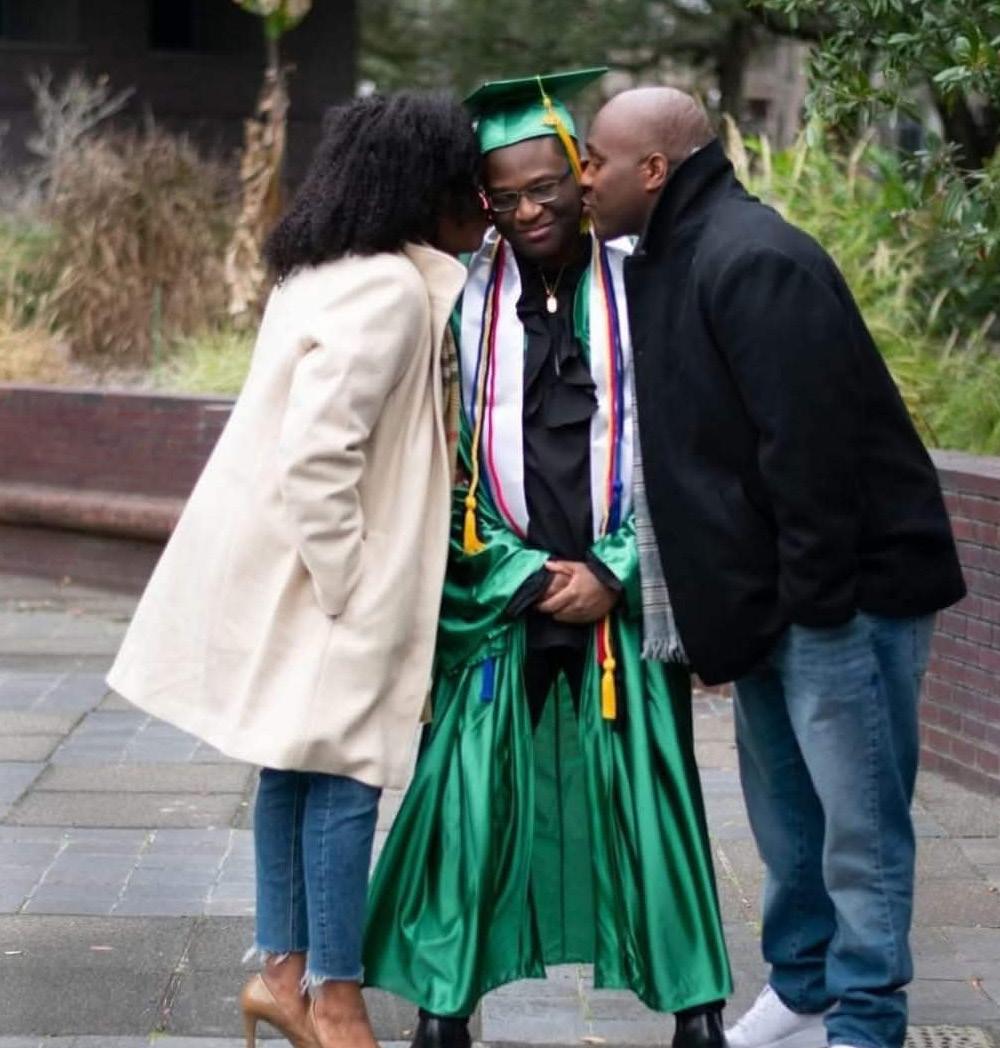
effectively with institutions, and stand up for their rights.
The transition to adulthood is a time of both excitement and uncertainty, but with the right support, neurodivergent young adults can thrive in college and beyond. At Blautism Education, our mission is to build a bridge of understanding and empowerment, ensuring that families and students are equipped to face the future with confidence.
By empowering abilities and fostering advocacy, we believe that every student, regardless of their neurodivergence, can achieve their dreams and make meaningful contributions to the world.
For more information about Blautism Education and our resources for families and educators, visit blautisminc.org .
Together, we can empower abilities and redefine possibilities.
www.blauti

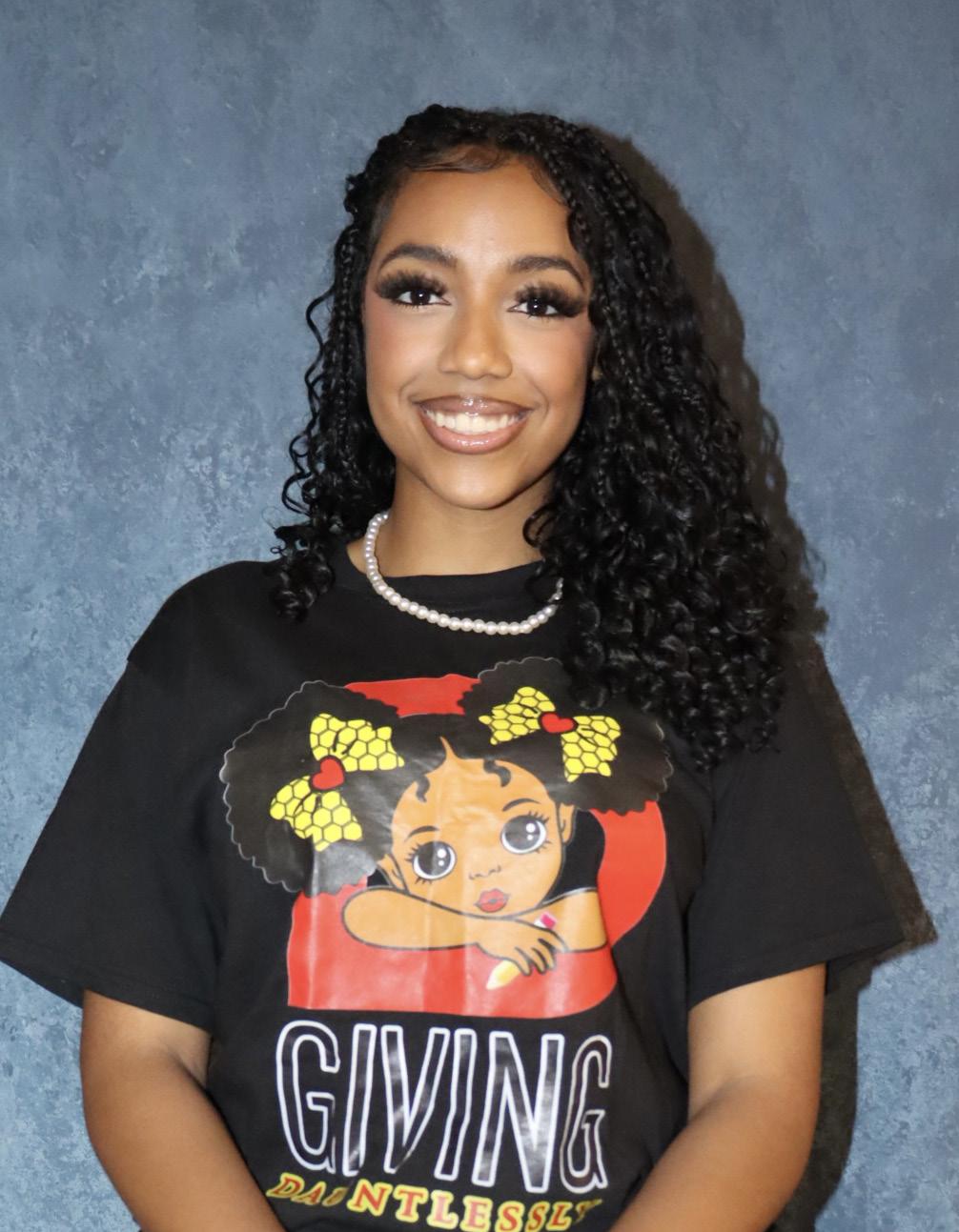
By: Felixia Francis
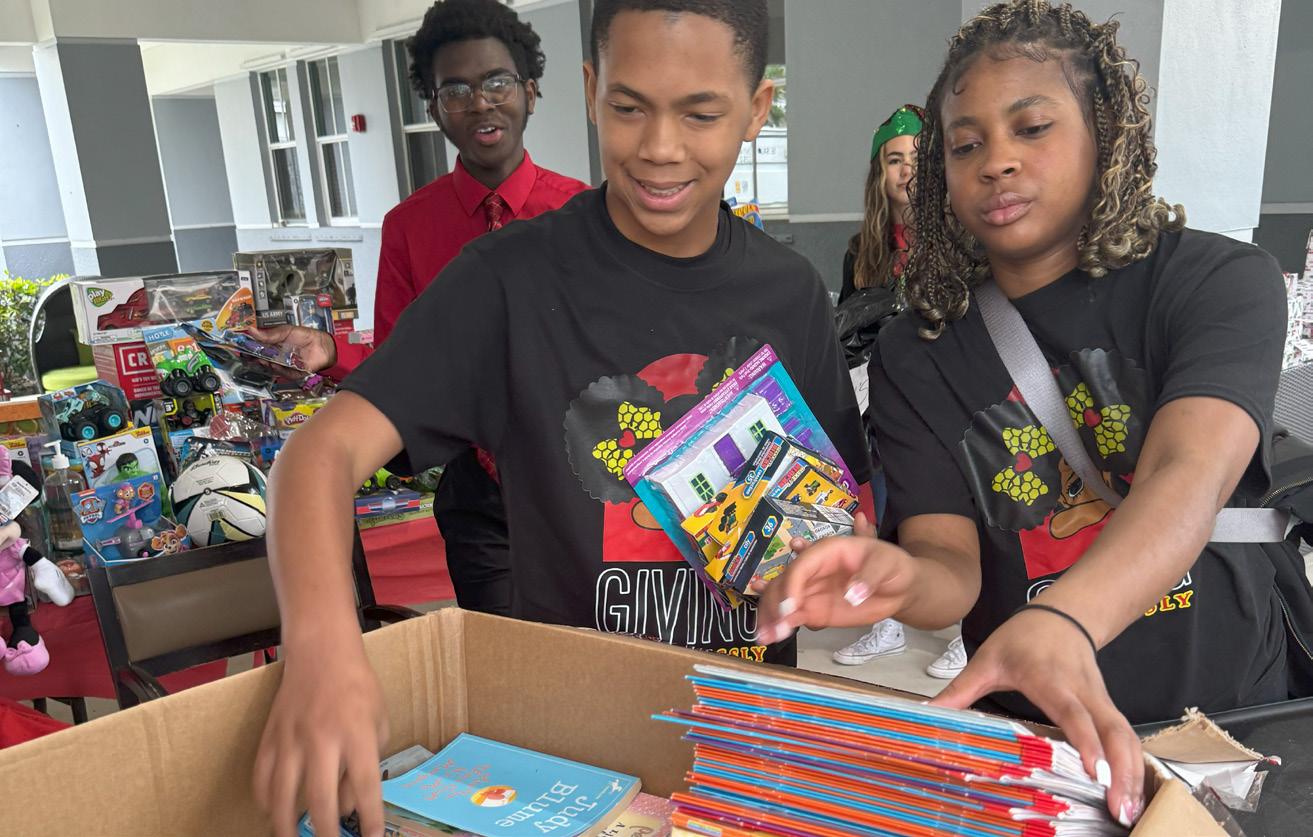
In August 2023, a bold vision took root in South Florida. With the steadfast support of a passionate team, Giving Dauntlessly was born. Its mission? To bridge the gap between students’ potential and academic success. The organization stands as a beacon of hope for young minds, offering mentorship, resources, and a sense of community. For Destiny Jackson, “giving dauntlessly” means giving selflessly and fearlessly—always prioritizing the greater good of students and their educational journeys.
What sets Giving Dauntlessly apart is its deep-rooted understanding of the challenges students face. “As a firstgeneration college student, I know firsthand how overwhelming and confusing higher education can be without a clear roadmap,” shares the founder. This personal experience drives the organization’s commitment to providing students with tools, guidance, and mentorship. By creating opportunities and empowering students to believe in their potential, Giving Dauntlessly ensures that no one feels alone in their academic journey.
Acknowledging the integral role of mental health, the organization emphasizes nurturing a healthy mindset. “A clear and healthy mental state enables children to manage challenges, build confidence, and stay motivated,” Jackson explains. By prioritizing mental well-being, Giving Dauntlessly fosters an environment where students can flourish both academically and personally.
Volunteers and donors are the lifeblood of Giving Dauntlessly. Partnerships with organizations like Grannybz Chicken & Waffles LLC, Chandler Financial, and Diverse Duet have enabled transformative events, including book drives, back-to-school initiatives, and Christmas toy distributions. Their contributions
ensure that students have the resources they need to thrive.
Collaboration is at the heart of Giving Dauntlessly’s mission. The founder’s proactive approach includes partnering with schools through direct outreach and aligning with businesses via grant proposals. These collaborations amplify the organization’s reach, creating a robust network of support for underprivileged students.
Navigating higher education as a first-generation college student was a significant challenge for the founder. Utilizing campus resources like Supplemental Instruction (SI) and tutoring programs proved instrumental in overcoming academic hurdles. This journey of perseverance and selfreliance inspired the creation of Giving Dauntlessly.
One pivotal moment stands out: a Sunday sermon about taking risks and embracing faith. The message, centered on trusting the Lord to open doors, became a catalyst for pursuing the dream of making a tangible difference in students’ lives.
Membership in the Mu Iota Chapter of Delta Sigma Theta Sorority, Inc. has also shaped the founder’s journey. Surrounded by trailblazing women, she found guidance and camaraderie that pushed her to aim higher in entrepreneurship, nonprofit work, and academics.
The ultimate goal for Giving Dauntlessly is to expand its reach beyond South Florida, serving underprivileged students nationwide. By forming strategic partnerships, enhancing marketing efforts, and introducing targeted programs like mentorship initiatives and college prep workshops, the organization aims to scale its impact and touch even more lives.
This August, Giving Dauntlessly is gearing up for a grand back-to-school drive. The initiative will provide essential supplies, laptops, and tablets to students, ensuring they start the school year equipped and confident. “Seeing the excitement on the students’ faces and knowing the impact these resources will have is incredibly rewarding,” the founder shares.
Through Giving Dauntlessly, the founder has embraced gratitude, patience, and resilience. “This journey has strengthened my leadership skills and deepened my commitment to making a difference,” she reflects. With every step forward, the organization continues to shine as a testament to the transformative power of fearless giving.
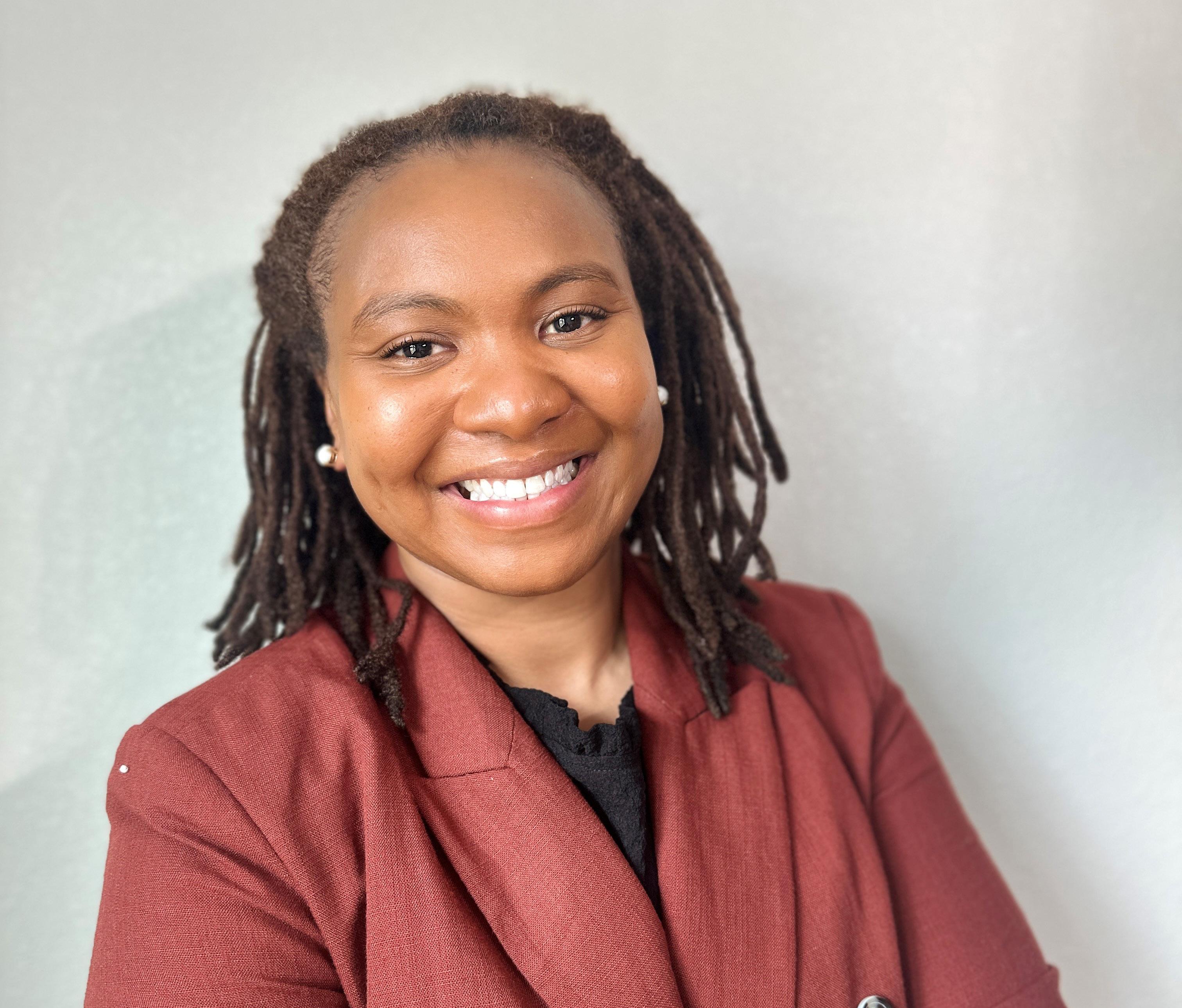
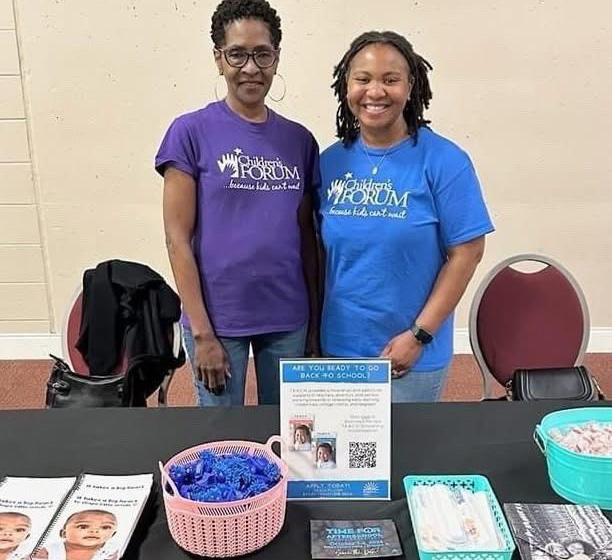
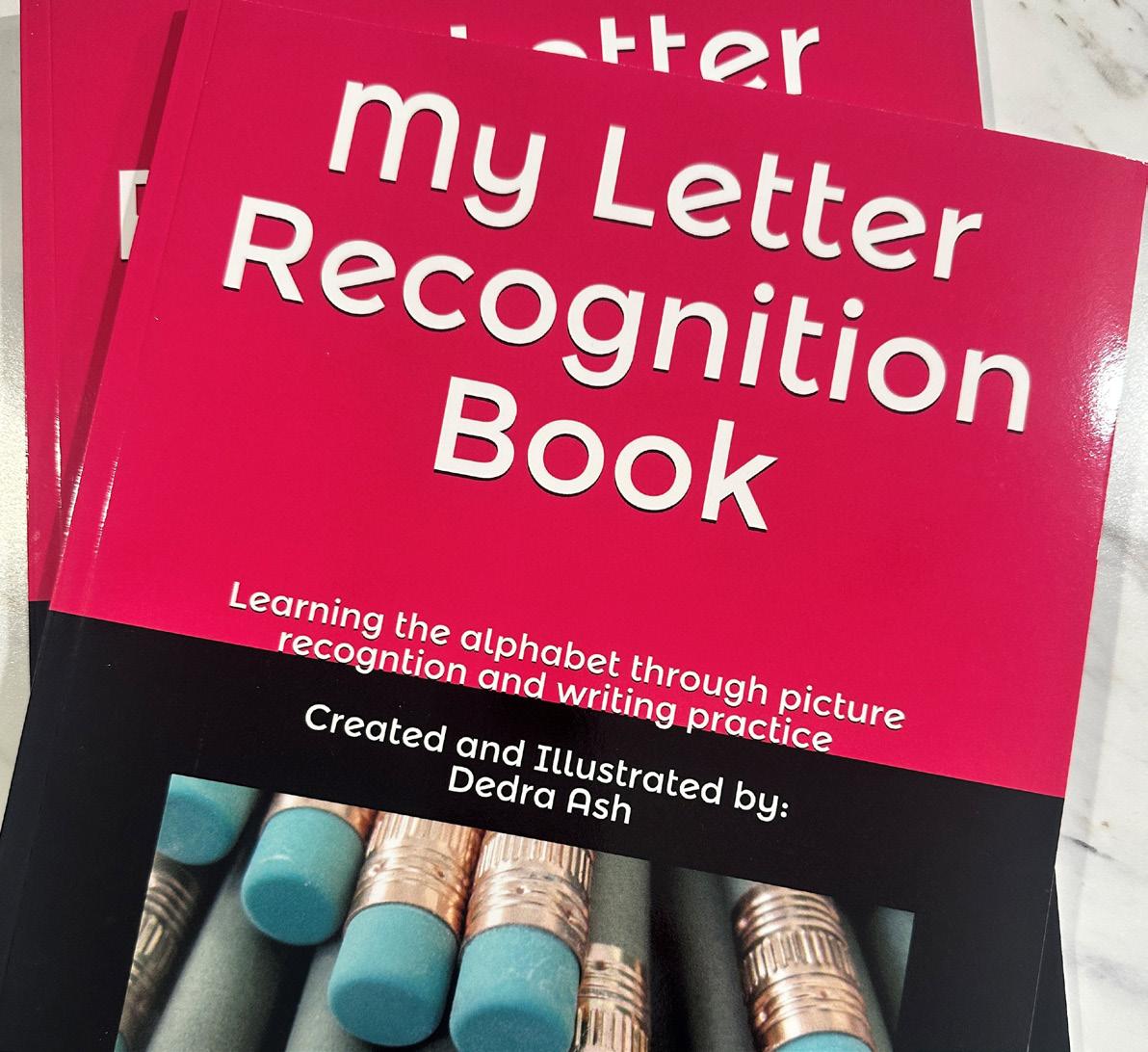
By Nayla Harris
As Senior Counsel for the T.E.A.C.H. scholarship program, which operates throughout Florida under the Forum’s umbrella, Dedra Ash has dedicated the past four years to helping teachers achieve their educational goals through financial support. With a deep passion for the profession, Dedra brings a unique perspective to the role, having spent eight years as a preschool teacher. During that time, Dedra witnessed firsthand the financial challenges educators face when seeking to further their education.
Despite being one of the most impactful professions, teaching often comes with the realities of limited resources and financial instability. For many teachers, the cost of continuing their education can be a significant barrier. Having personally benefited from the T.E.A.C.H. scholarship program before joining the Forum, Dedra now views the program from both the recipient and administrative perspectives, which has only deepened their appreciation for its mission.
The primary goal of the T.E.A.C.H. scholarship program is to help teachers stay in the classroom by offering financial aid and stability, with a particular focus on early childhood educators working with children from birth to age five. This mission is especially critical given the ongoing challenge of teacher turnover, and the program directly addresses the factors that often lead educators to leave the profession.
One of the early challenges faced by the program was raising awareness among teachers about the resources available to them. Despite the program’s broad reach across Florida, many educators were unaware of the support they could access. To overcome this challenge, Dedra and the team developed strategies such as hosting seminars, organizing Zoom meetings, attending conferences, and distributing informational packages to early learning centers. These efforts have expanded their reach, helping more teachers take advantage of
the resources available to them.
In addition to scholarships, the agency provides essential resources for families to support children’s learning at home. Education is seen as a partnership between schools and families, and initiatives like “Help Me Grow” offer valuable information to parents and connect them with services through their local Early Learning Coalitions (ELCs). These resources empower parents to play an active role in their children’s early education, complementing the efforts of teachers.
One of the most impactful initiatives Dedra has been involved in is “Children’s Week,” an annual event at the state capital that brings together children, educators, and community members. The week is filled with activities such as storytelling, music, performances, and opportunities for children to engage with various organizations. For Dedra, this event serves as a powerful reminder of the significance of their work. It offers the chance to interact directly with children and educators, reinforcing the impact of their efforts and deepening their commitment to the mission.
When asked for advice, Dedra shares that the best piece of guidance she has received in her career is to never lose your spark. Regardless of experience level, maintaining energy and passion can inspire others in ways that are often unexpected. It can reignite the purpose of a seasoned colleague or encourage a peer to pursue new opportunities. Dedra has also learned the importance of being a lifelong learner. Whether in a classroom, a lecture hall, or a casual setting, there is always something new to learn that can benefit oneself and those around them. This mindset continues to drive Dedra’s work, fueling a commitment to making a lasting difference in the lives of teachers and their students.
For more information about the TEACH Scholarship Program, please contact Dedra at dash@ thechildrensforum.com.
By Cloteal Lee, LMHC
In today’s fast-paced academic environment, students often find themselves overwhelmed by the pressure to perform. Parents, educators, and students themselves play a crucial role in managing this stress and building resilience. Here are actionable strategies for each group to help alleviate academic stress:
Encourage Open Communication: Create a safe space for your child to share their struggles. Active listening fosters trust and allows you to address their concerns collaboratively.
Promote Balance: Help your child prioritize self-care by encouraging regular breaks, proper sleep, and healthy eating habits.
Celebrate Effort: Shift the focus from grades to effort and progress, reinforcing that their worth isn’t tied to academic achievement.
Practice Time Management: Break down tasks into smaller, manageable goals using planners or apps to stay organized.
Prioritize Self-Care: Incorporate mindfulness practices like deep breathing or meditation to reduce stress. Physical activity also boosts mental clarity and focus.


Seek Support: Don’t hesitate to reach out to counselors, peers, or mentors for help. Remember, you’re not alone in this journey.
Foster a Supportive Environment: Be mindful of workload and avoid contributing to the “perfectionist” mindset. Encourage curiosity over competition.
Teach Coping Skills: Introduce stress management tools like mindfulness, journaling, or time-management workshops as part of the curriculum.
Be Approachable: Let students know they can talk to you if they’re feeling overwhelmed, and guide them to additional resources when needed.
By working together, we can empower students to navigate academic pressures with confidence and resilience, paving the way for their personal and professional growth. Nonprofits, parents, and educators all have a shared opportunity to foster healthier and happier young adults.

Cloteal Lee, LMHC, is a licensed mental health counselor passionate about supporting students and families in achieving emotional well-being.
By: Marissa Batie-Collier
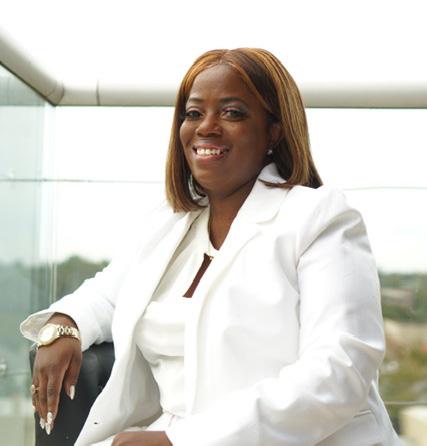
College is a time of growth, exploration, and opportunity, but for many students, it’s also a time of immense pressure. Balancing academics, work, relationships, and personal challenges can leave students feeling overwhelmed. Recognizing this critical need, SG Mental Health Counseling, under the leadership of CEO and Founder Marissa BatieCollier, is working tirelessly to break the stigma surrounding mental health on college campuses. With the expansion of their innovative UThrive program and a new partnership with the Southern Scholarship Foundation, SG Mental Health Counseling is paving the way for college students to access vital mental health services.
Marissa Batie-Collier’s passion for mental health stems from her own personal journey. As an undergraduate student, she struggled with mental health challenges while juggling the demands of college life. “I know firsthand
how isolating it can feel when you’re dealing with anxiety or depression,” Marissa shares. “It’s why I’ve dedicated my career to making mental health support accessible and eliminating the stigma that keeps students from seeking help.”
As a licensed Clinical Mental Health Counselor in New Hampshire, and Vermont, Marissa has built a career rooted in compassion and innovation. Her leadership of SG Mental Health Counseling has been defined by groundbreaking initiatives, including the Wellness Navigator Program for youth and the highly regarded UThrive program. Recently, UThrive has expanded its reach thanks to an exciting new partnership with the Southern Scholarship Foundation, further empowering students to thrive emotionally and academically.
The partnership between SG Mental Health Counseling and the Southern Scholarship Foundation provides free mental health services to students living in scholarship housing at six universities: the University of Florida (UF), Florida State University (FSU), Tallahassee State College (TSC), Santa Fe Community College (SFCC), Florida A&M University (FAMU), and Florida Gateway College (FGC).
Services include individual counseling, group therapy, seminars, and mental health check-ins. These resources aim to not only address immediate mental health concerns but also equip students with the tools to navigate stress and build resilience. By removing financial barriers and offering tailored mental health care, this partnership helps bridge the gap for students who may otherwise lack access to such support.
“The Southern Scholarship Foundation is a natural partner for us because of their commitment to fostering student success,” Marissa explains. “Together, we’re creating a community where students feel supported in every aspect of their college journey.”
One of UThrive’s central missions is breaking the stigma surrounding mental health on college campuses. Despite growing awareness, many students still feel hesitant to seek help due to fear of judgment or misunderstanding. UThrive addresses this head-on through workshops, awareness campaigns, and peer support initiatives, fostering a culture where it’s okay to ask for help.
The program’s holistic approach also incorporates seminars
and group sessions that address topics like time management, healthy relationships, and coping with academic pressure. These opportunities create safe spaces for students to share experiences, gain insights, and build supportive networks.
Empowering the Next Generation
Marissa’s leadership and personal story have made her a powerful advocate for mental health, and her accomplishments reflect her commitment to creating lasting change. From her certification in Youth Mental Health First Aid to completing the Leon Entrepreneurship and Adversity Program at Florida State University’s Jim Moran College of Entrepreneurship, Marissa exemplifies resilience and vision.
Through UThrive and the partnership with the Southern Scholarship Foundation, SG Mental Health Counseling is helping the next generation not just survive but truly thrive. These efforts reflect a broader commitment to empowering young adults with the resources, support, and confidence they need to succeed in college and beyond.
As we continue to address mental health challenges on college campuses, programs like UThrive are leading the charge in redefining what support looks like for students. SG Mental Health Counseling is not just providing services; it’s fostering a movement of empowerment and understanding.
For more information on SG Mental Health Counseling and the UThrive program, visit www.sgmentalhealthservices.com. Together, we can ensure that every student has the opportunity to succeed academically, emotionally, and personally.


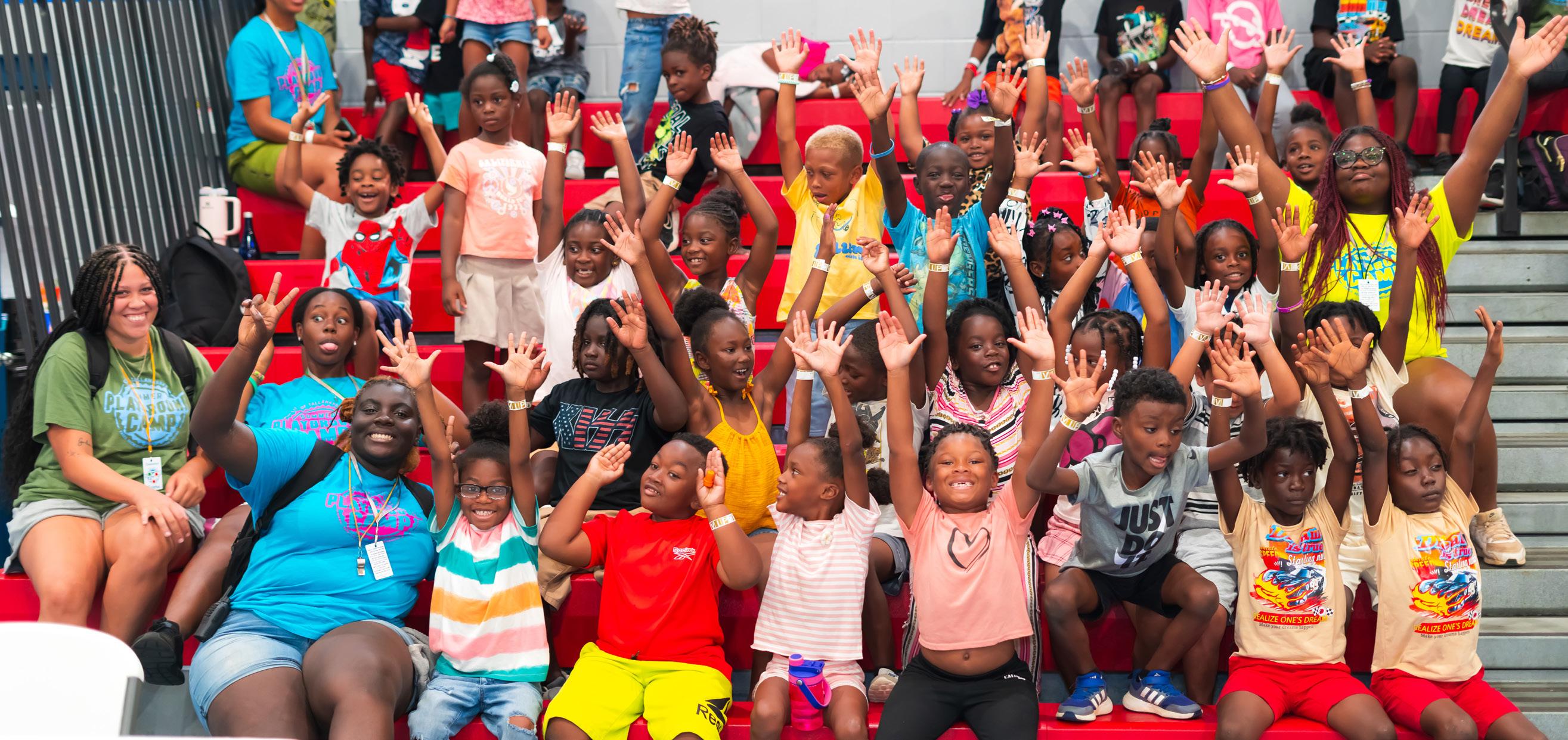
By Felixia Francis
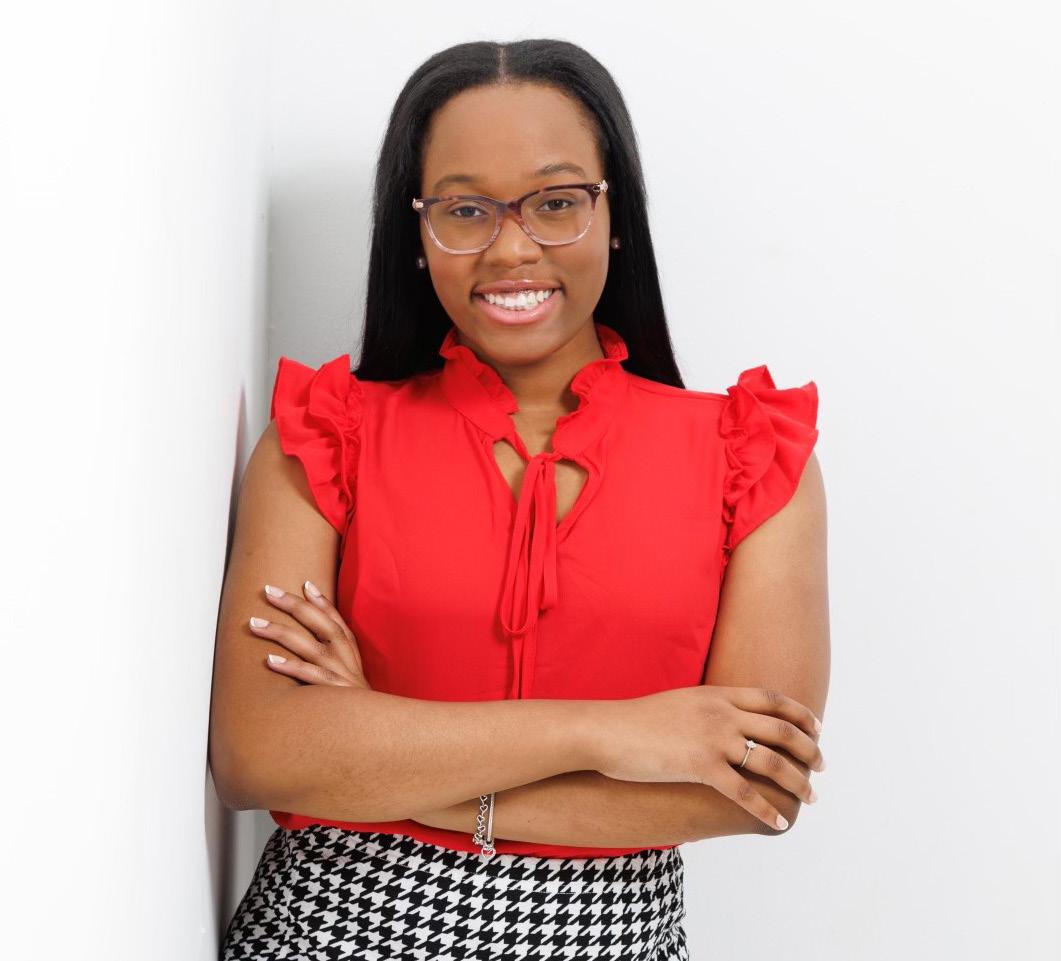
Amaya Waymon, a political science major at Tuskegee University, is a trailblazing advocate for menstrual health equity. As the founder of The Girl Flo, Amaya is on a mission to end period poverty and create opportunities for young women through grassroots organizing and community engagement. Her story, rooted in her early experiences with advocacy, showcases the power of perseverance and community support in creating lasting change.
Waymon’s passion for advocacy began at a young age, inspired by her mother’s involvement in a sorority known for its community initiatives.
“My work in the community started early,” she reflects, “watching my mom’s dedication to service was the stepping stone for me.” Through her participation in youth programs and initiatives such as hygiene and sock drives, Amaya cultivated a strong foundation in philanthropy.
Her interest in political science was sparked during her high school years when she participated in the Florida House of Representatives Page and Messenger Program. “Being involved in these programs, observing lawmakers, and understanding their journeys led me to discover my passion for political science,” she explains. Recognizing the importance
the stepping stone for me.”
of understanding politics to effect change, Waymon chose to major in political science, setting the stage for her impactful work.
The idea for The Girl Flo originated during Amaya’s middle school years while volunteering in her school’s food pantry. “I noticed there were no menstrual products available,” she recalls. This realization, combined with her experiences in community service, highlighted the critical need for accessible menstrual products. “Menstruation is a necessity,” she emphasizes, “just as vital as addressing food insecurity.”
Through The Girl Flo, Amaya addresses this gap by providing menstrual products in restrooms and organizing initiatives to raise awareness about period poverty. Her efforts have made a tangible difference, with students expressing gratitude for having access to these essential supplies. “It’s incredibly rewarding to know our work is helping people navigate their daily lives with dignity,” Waymon says.
Tuskegee University’s rich history has profoundly influenced Amaya’s journey. “The legacy of Booker T. Washington and the university’s commitment to building resources for students inspires me daily,” she shares. Being part of such a historic institution
has strengthened her resolve to leave her own mark through her advocacy and leadership.
Amaya’s journey wouldn’t have been possible without the guidance of key mentors. “Dana Brooks and Rose Ann Wood have been instrumental in my success,” she says. Rose Ann Wood, a school board member, played a pivotal role in introducing The Girl Flo to school administrators, while Dana Brooks provided financial support and hosted events like Amaya’s recent book signing. “It truly takes a village,” she notes, highlighting the importance of community in achieving her goals.
One of Amaya’s most rewarding moments came when she noticed the immediate impact of her work. “After placing dispensers with menstrual products on campus, they were emptied within weeks,” she recalls. “It was a clear sign of how significant the need is.” Her initiatives have not only provided practical solutions but also opened doors for broader conversations about menstrual health and equity.
Amaya’s advice to aspiring changemakers is simple yet profound: “Don’t be afraid to dream big.” She encourages others to seek out resources, create opportunities, and remain persistent in the face of challenges. “Advocacy requires
ambition and resilience,” she says, “but the impact you can make is worth it.”
For those looking to support, Amaya invites students and community members to get involved through volunteer opportunities and donations. “It takes a collective effort to fight period poverty,” she says. Whether through direct outreach or engagement via The Girl Flo’s website and social media platforms, there are countless ways to contribute.
Amaya is determined to continue expanding and raising awareness about menstrual health as a critical issue. “Menstrual health is deeply tied to mental health,” she notes. “When students are forced to choose between buying period products or other necessities, it’s a reflection of systemic inequities that need to be addressed.”
Waymon is not only addressing a pressing need but also inspiring future generations to rise above challenges and create meaningful change.
By Jasmine Petion
Shawn Woodin, the current CEO of Southern Scholarship and has been for the last eight year, shared his experience as CEO and what led him to his career.
Shawns’ career started in undergrad, as a student at Binghamton University. In his last semester of pursuing his degree in business management, he had a change of heart. He had spent the majority of his college career focused on the corporate sector and realized that was not where his heart was. He had always volunteered and did international work so he decided to join the Peace Corps and spend some time in Kenya. It was there he found his passion. He revealed that his main interest was in community work and work that would impact people’s lives not the bottom line of a corporation and shareholders. Shawn was raised by a single mother along with his sister in upstate New York. They lived in a mobile home and as he grew up he realized that in order to get out of his circumstance and for his future family, he was going to need to focus on education. After years of dedication, he became the first to graduate from college. Through his own personal experience, he realized that college takes a lot of hard work. Some through natural talent but much of it comes from the students who have that drive. He found a career where he was able to help those students who still continued to push through no matter the circumstances, and it continues to foster and fuel his passion.
Shawn Woodin is currently the CEO of Southern Scholarship Foundation and has been for the last eight years. Southern Scholarship Foundation provides rentfree cooperative living for high achieving students with financial needs. There are 26 scholarship houses across the states, from Fort Myers, Gainesville, and Tallahassee. In the houses, students have
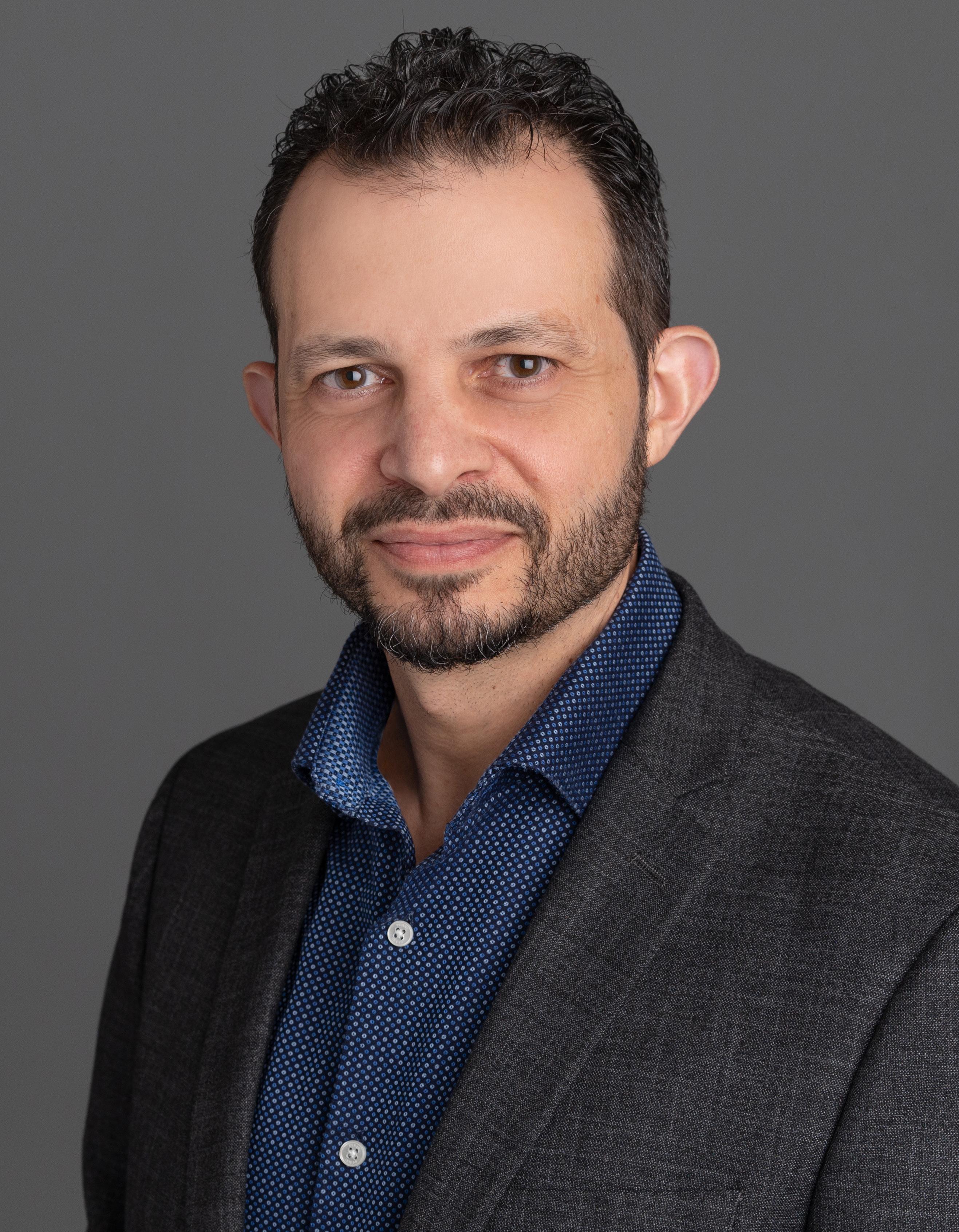

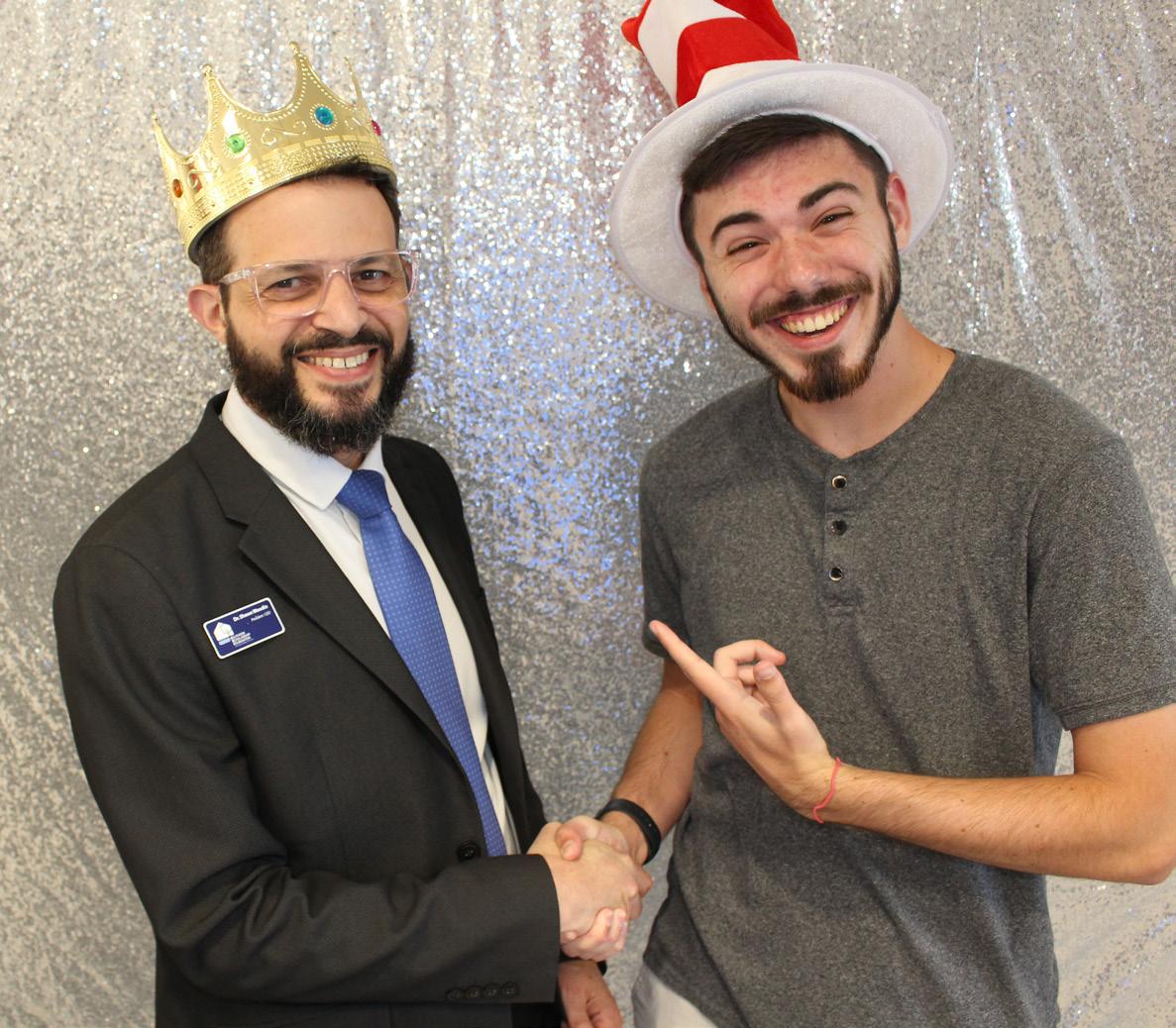
responsibilities that help shape their future and teach them about responsibility. These responsibilities included making sure the home is clean, there was food in the pantries, and hot meals were cooked. These responsibilities are usually spread throughout the residents as officer positions in the homes. Living with 16 people is not easy, so it requires a lot of coordination. Homes are also cleaned twice a week and there are jobs that come with that as well, making sure the cleaning is done properly, which are also assigned roles in the house. Although it is rent free residents typically pay around $1,200 per semester to cover food and service, and utilities. There are 26 scholarship houses across the states, from Fort Myers, Gainesville, and Tallahassee.
Shawn explains that it’s an opportunity to experience leadership, teamwork, collaboration, and communication which are components of leadership! He also goes into detail about the mission of the organization. “In the state of Florida, tuition is around $6,000-$7,000 alone; the cost of living is double that. We help by removing that cost of living, and because of that, students are able to save around to $12,000-$13,000 a year. Most of the students come with other scholarships as well, like BrightFutures and Florida PPAID or other private and institutional scholarships which typically cover the cost of tuition.
Many of the SSF alumni, who are well beyond their college years from the 1950s, have passed or either fully lived their lives. But if it wasn’t for this scholarship, they wouldn’t have been able to go to college and start building their lives. It takes a long time for the work to show but it truly is a lifelong impact. As a student, there are a wide
variety of benefits to being a part of the scholarship. One of which is the access to mental health services. Shawn speaks a little bit about that initiative. “In 2020, we decided to do a research project prior to the pandemic, and from that survey, we were able to assess the mental wellness of the students in our organization. The data revealed that a majority of our students were experiencing mental distress.”
With a lot of urgency, the organization developed a program for mental wellness and education related to it. Teaching students what resources are available to them and what are the signs that someone might be struggling. They also started a program that allows students to have free, unlimited, and 1 on 1 counseling for every resident. The students who decide to use the resources remain confidential, but around 350 individual sessions have been provided by the contracted service providers every year since. For the students that do come forward, they admit that is has made a world of difference for them. Those students who were struggling mentally with the ability to push through and focus on their studies.
In any nonprofit, fundraising is crucial and Shawn explains how SSF gets it done. “Most non-profits focus on getting government grants and that’s 80-90% of their sources of revenues, but we have no governmental support. So all of ours come from private foundations, family foundations, and alumni.” Five years ago SSF decided to start a campaign dedicated to alumni. They were already donating but they wanted something more tailored to alumni. It’s called the Alumni legacy fund and the alumni of the foundation came up with the idea to raise $1,000,000 over the next 10 years.
That’s typically $100,000 around a semester and each year they have exceeded that for the past 4 years!
A key way is trying to appeal to donors in a way that includes them in the organization.
Shawn says COVID was one of the biggest challenges he had to face. Navigating how students who live in close proximity were going to stay safe. Many colleges were closing, and students were being sent back home. How do you manage high-density housing with a virus that spreads so quickly?
Shawn said, “ We provide housing, if we are not providing housing, we are not meeting our mission as an organization.” In addition, some of the students didn’t have a safe home to go to; either they’ve been homeless or no longer have family. He couldn’t have these students on the street and he wouldn’t allow it, “Finding the guiding light and the motivation for what we do helps to pull me through.”
Almost 2 years ago there was a tragedy were one of the residents passed away on a trip to the beach. “ I still tear up when I think about it. I just remember talking to him and he was just a very kind, gentle guy and had huge dreams to be an architect, and then he wasn’t there.” “It was a very difficult time navigating how to handle this issue. It was a huge blow to the students in the house with him, and we had to do the best we could in this situation. The best thing we could do in this situation is support the people around him. The residents and his family.” “We started a fundraising campaign and every
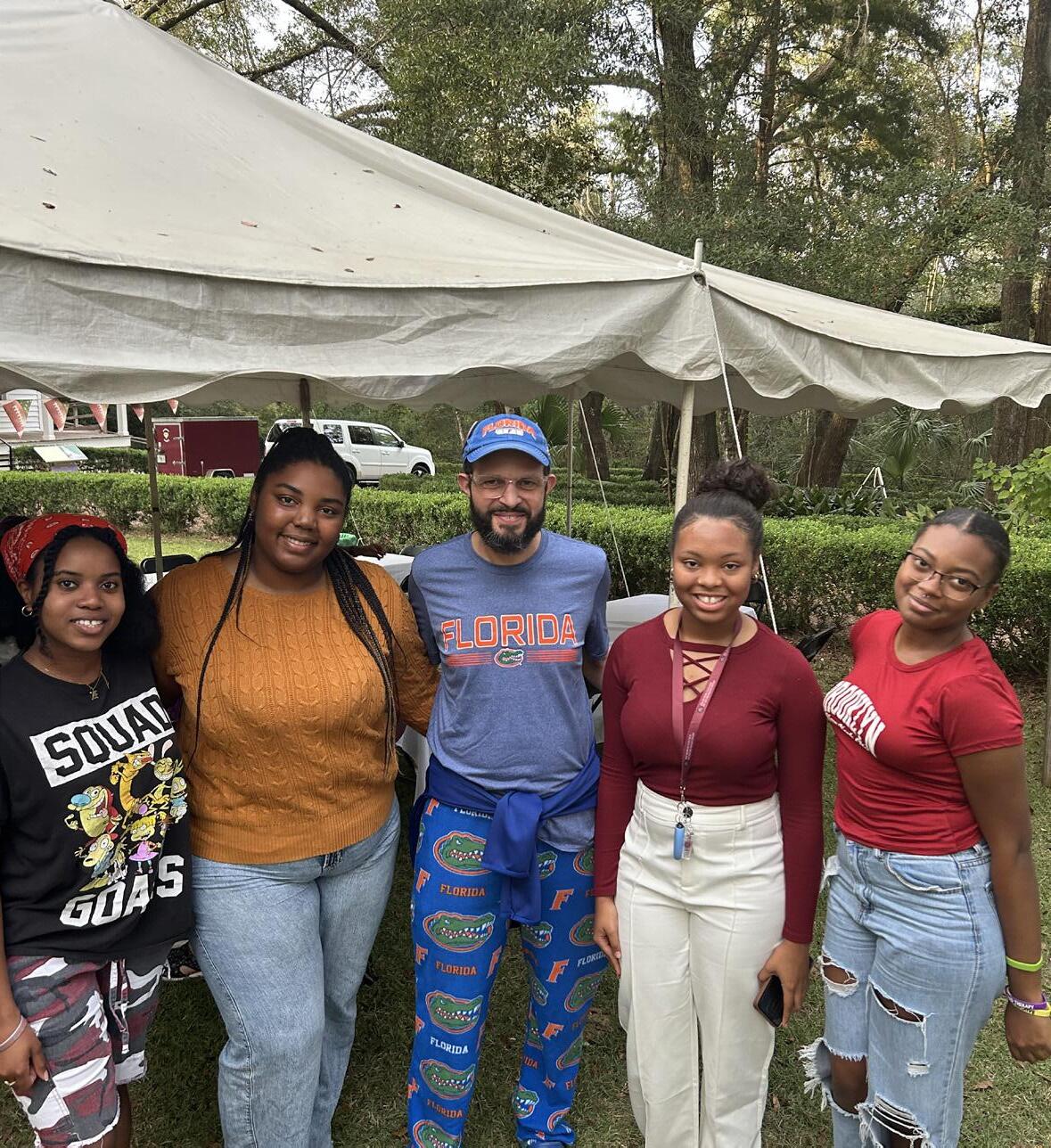
penny that we raised went directly to the family. We also held a memorial service to create as much comfort as we could in that circumstance.”
Shawn says it is important that even at the executive director level, you understand every aspect of the organization. That includes everything from accounting to understanding the program aspect or whatever the mission of the organization is. It takes a long time to develop said skills he states. “Even if you’re in a work situation where there’s the opportunity, so let’s say, you know, someone is, direct service working directly with clients, but there’s an opportunity to be on an organizational committee that is outside of that, take that opportunity and get that exposure because that will, give skills and knowledge that then can be applied for that next step up in leadership.”
“When I was about 15 or 16 years old worked as a dishwasher in a local pizza place. It was a small family-owned restaurant, and the owner of that restaurant I remember him saying I’’ll be out scrubbing the dumpster. He took one of the other dishwashers with him, and he literally got into the dumpster with brooms and mops along with different cleaning stuff and cleaned it out. Later, while we were talking he’s like I will never ask someone to do something that I’m not willing to do myself.”
“I’ve kept that with me throughout my entire life, now I’m in my early 50s and it really stuck with me and I’ve kept it


close. I always keep in mind what it is I’m asking them to do, whether its a small task or a big task I’m not taking anything for granted. To me, that the biggest tip that I can give. I’ve been a lifelong fan of the group REM. So I’d probably want to have dinner with the lead singer of that group. I enjoy their music and it means a lot ot me just having grown up with it. He’s an artist who has lived a fully authentic life and done everything that has wanted to do in the way he wanted to do it. I think I’d like to learn more from him about living authentically.”
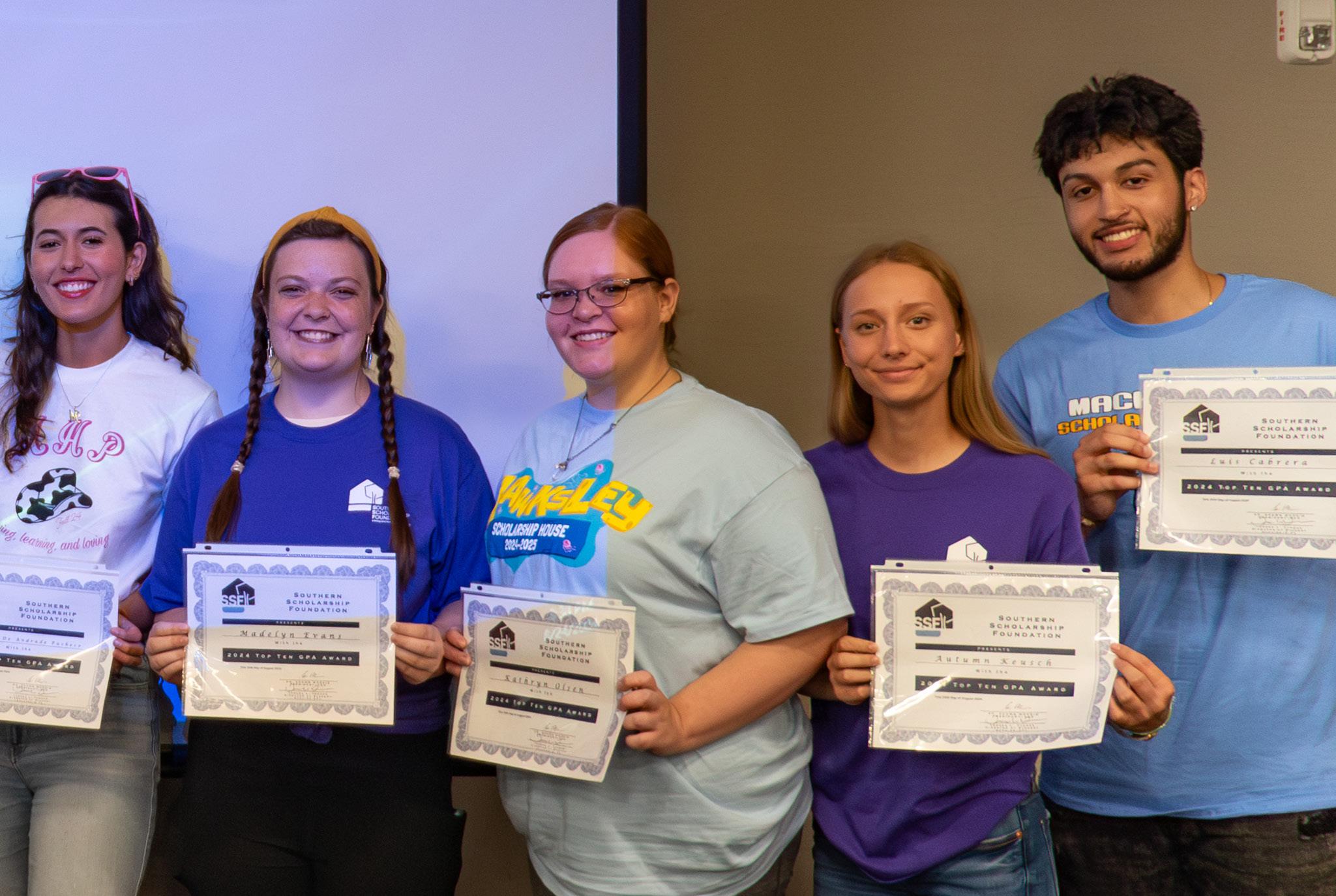
“Through authenticity and living in my power, I bring opportunity and inspiration to the world. That’s my personal mission statement.”
-Shawn Woodin

By: Jennifer Powell
Mentorship is a unique and transformative experience that has the power to change lives—not just for the mentee but for the mentor as well. It’s about building relationships where both people grow, creating a ripple effect that extends far beyond the initial connection. Whether it’s offering guidance, encouragement, or a listening ear, mentorship is one of the most rewarding ways to make a difference.
Mentorship goes beyond advice—it’s about creating a bond that fosters confidence, growth, and purpose.
As a mentee, you gain insight from someone who has navigated challenges you’re facing. As a mentor, you have the chance to reflect on your own journey and give back in a meaningful way. I’ve experienced the impact of mentorship firsthand. Watching someone achieve their goals with your guidance is indescribable, and being mentored has given me the clarity and courage to step into opportunities I once hesitated to pursue. Mentorship is a twoway street, and its benefits are endless for everyone involved.
Becoming a mentor doesn’t require a title or years of experience— it starts with the willingness to share.
Schools: Tutor students or offer career advice to help them prepare for their futures.
Youth Organizations: Volunteer with programs like Big Brothers Big Sisters or Boys and Girls Clubs to support children and teens.
Community Centers: Share your knowledge and experiences with those who need guidance.
Professional Networks: Mentor young professionals to help them navigate their careers.
Mentorship is one of the most impactful ways to lead. It’s about listening, encouraging, and helping others see their potential. Leaders who embrace mentorship don’t just create stronger teams— they inspire a culture of trust, collaboration, and innovation. For me, mentorship has been a cornerstone of leadership. Helping someone else achieve their dreams while learning from their perspective has made me a stronger, more empathetic leader.
Mentorship and Community Mentorship doesn’t just help individuals; it strengthens entire communities. When you mentor, you’re not just guiding one person—you’re creating a ripple effect of empowerment, kindness, and opportunity.
Programs like the Living Leadership Initiative show how mentorship can go beyond individual connections to create movements that transform lives. By sharing your experiences and showing others how to mentor, you can inspire growth and change on a larger scale.
If you’ve ever thought about mentoring, start by asking yourself:
◊ What life experiences or skills can I share?
◊ Where can I give back in my community or industry?
◊ How can I take the first step to help someone else succeed?
You don’t need to have all the answers. Mentorship is about being present, authentic, and willing to share your story. Even small acts of mentorship can make a huge difference, not just for the mentee but for you as well.
Together, we can create a legacy of connection, leadership, and hope—one conversation at a time.
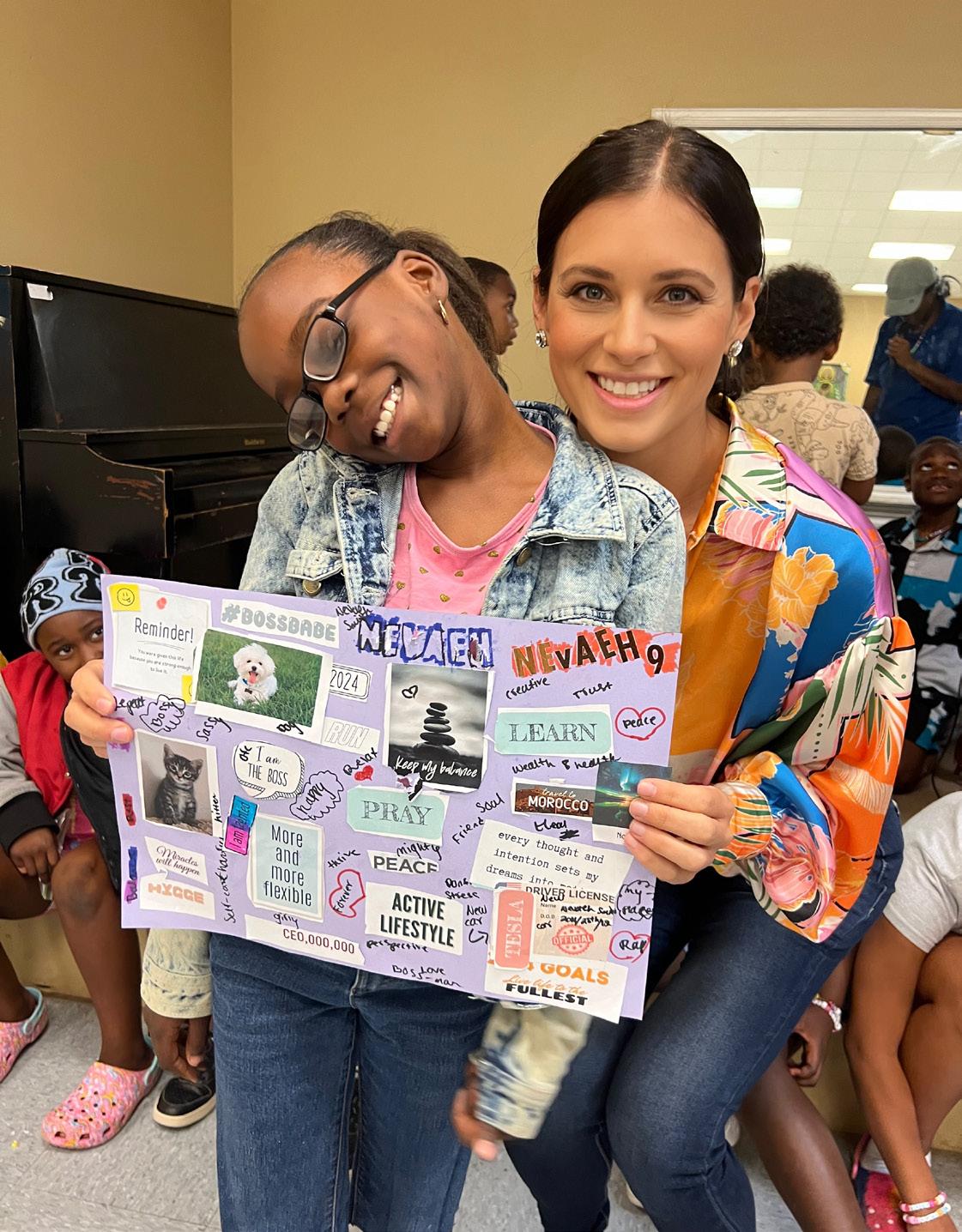
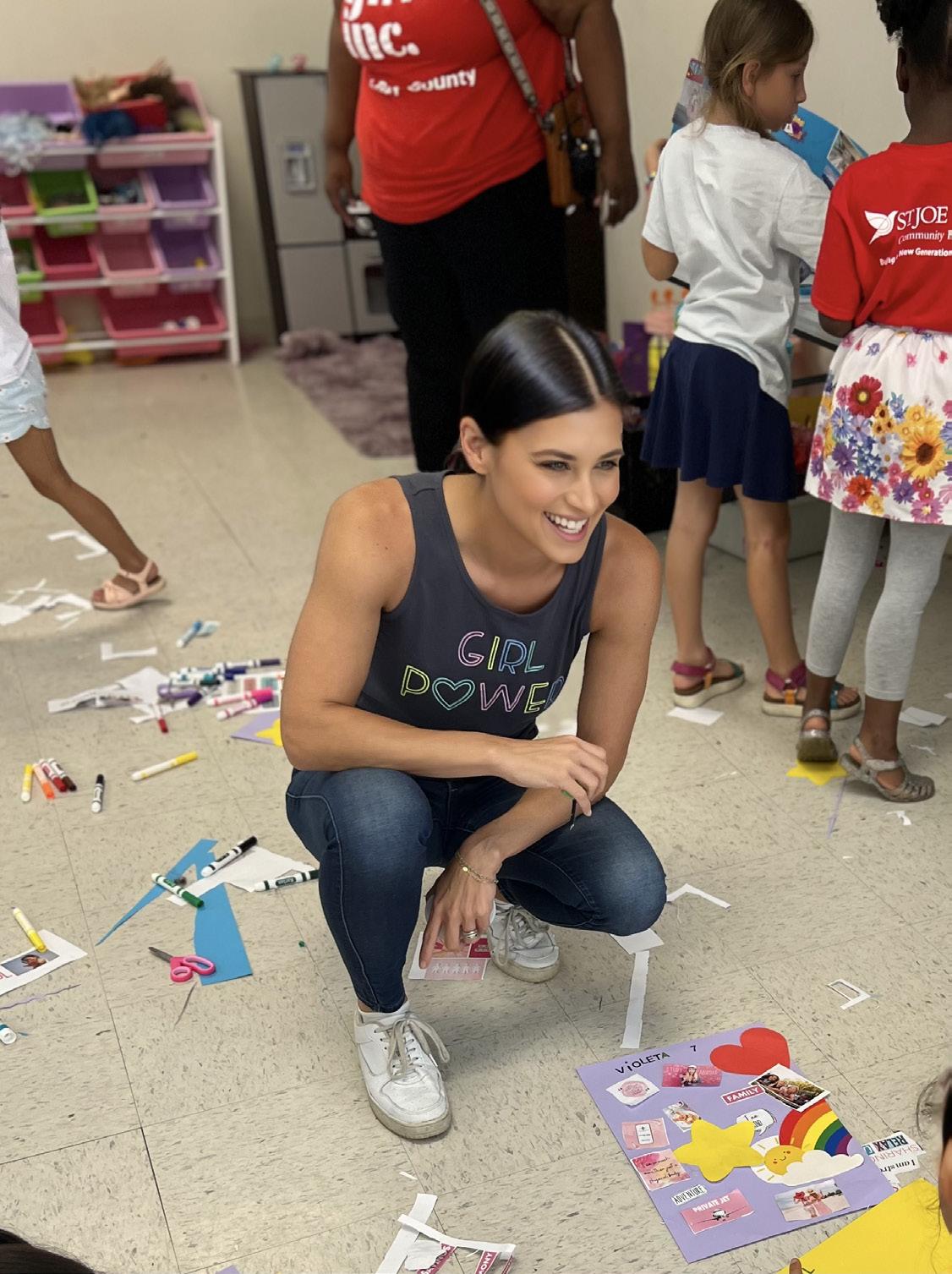
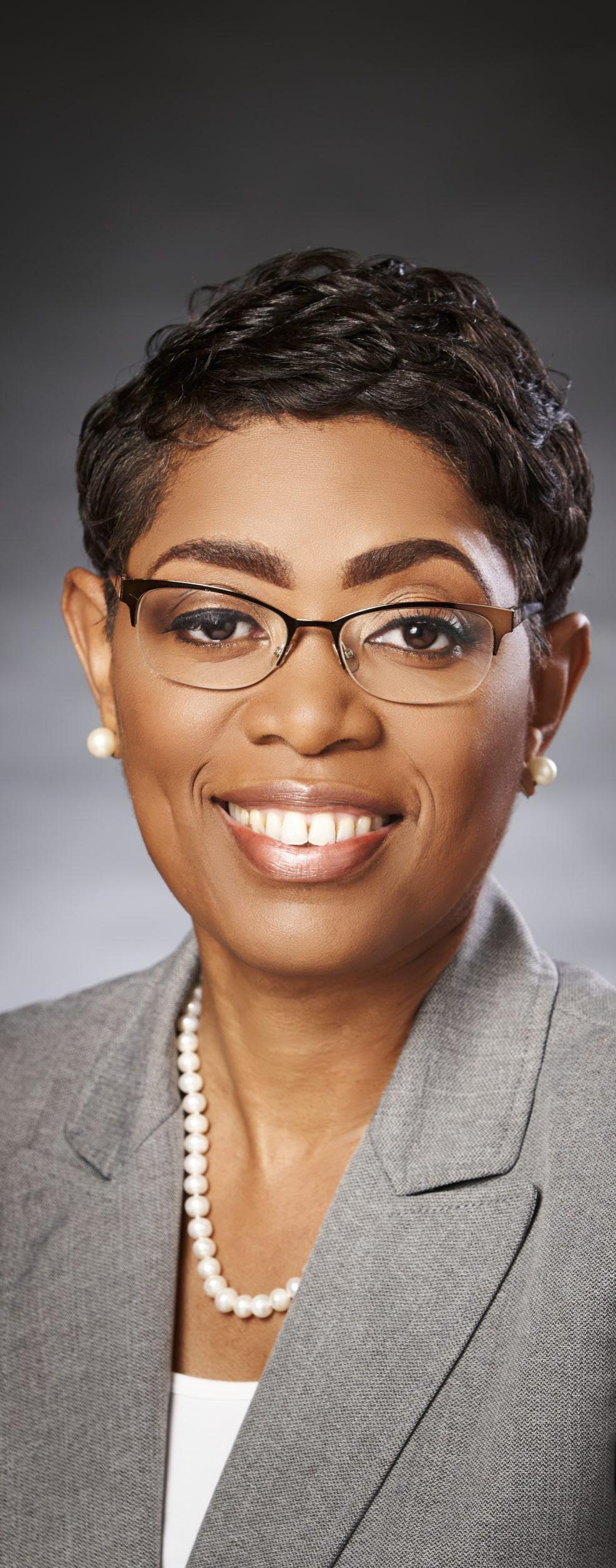
By: Pamela Johnson
I still remember the call I received from my sister during the morning in 2016, her future son-n-law had been shot and killed while sitting in his car. A young father preparing to attend law school was gone, his parents shook to their core, his finance devasted, and a toddler son who will never know his father.
As a part of our healing journey, we started a scholarship in his name at the local college. Through this partnership, we have been able to keep his name and legacy alive while preparing the next generation for success.
In a rapidly evolving world, the value of legacy builders cannot be overstated. Legacy builders are individuals and organizations dedicated to equipping the next generation with tools, opportunities, and networks to thrive. As college students and young adults navigate pivotal years, these legacy builders create pathways for success by leveraging the unique potential of higher education institutions. Colleges are more than academic centers; they are launchpads where futures are crafted, connections are forged, and dreams are realized.
Let’s explore how colleges serve as springboards for personal and professional growth, highlighting the role of nonprofits in empowering students to unlock their full potential.
#1
#2
Holistic Development: Colleges offer an environment where students can grow academically, socially, and emotionally. The structured curriculum challenges intellectual capacities, while extracurricular activities foster soft skills like leadership, teamwork, and communication. Legacy-building nonprofits often supplement this development through mentorship programs, workshops, and networking events.
#5
#3
Access to Diverse Resources: From state-of-the-art laboratories to career counseling centers, colleges provide access to resources that students might not otherwise have. Nonprofits that partner with colleges amplify these opportunities, ensuring students from all backgrounds can benefit from scholarships, internships, and skill-building initiatives.
Networking Opportunities: The college years are often when lifelong professional and personal networks are formed. Professors, peers, alumni, and industry professionals connected to colleges become invaluable contacts. Nonprofit organizations frequently host events and create platforms to bridge gaps between students and these networks, fostering career growth and mentorship opportunities.
#4
Cultivation of Critical Thinking and Innovation: Higher education institutions encourage students to think critically and solve problems innovatively. This mindset is crucial for creating a lasting impact in any field. Legacy-building nonprofits enhance this by sponsoring hackathons, innovation challenges, and research grants that allow students to turn ideas into impactful projects.
Exposure to Diverse Perspectives: Colleges are melting pots of culture, ideas, and experiences. Engaging with peers from different backgrounds broadens horizons and builds empathy. Nonprofits often facilitate cross-cultural exchanges and global learning programs to further enrich this diversity, preparing students for a globalized world.

Nonprofits play a critical role in ensuring that colleges fulfill their potential as launchpads for future success. By addressing financial, social, and educational barriers, they:
Provide Scholarships and Financial Aid: Many students struggle with the cost of higher education. Nonprofits help bridge this gap, enabling students to focus on learning rather than finances.
Offer Mentorship and Guidance: Through dedicated mentors, students gain insights into career paths, life skills, and professional etiquette.
Facilitate Skill Development: Nonprofits frequently organize workshops on resume building, public speaking, and technical skills, equipping students for competitive job markets.
Support Mental Health: Recognizing the pressures of college life, nonprofits often fund or run counseling and support programs to ensure students’ mental well-being.
The synergy between colleges and nonprofits creates an ecosystem where young adults are empowered to excel. Colleges act as launchpads, and nonprofits provide the thrust needed to propel students toward success. Together, they ensure that the next generation of leaders, thinkers, and innovators are well-prepared to make their mark on the world.
While our scholarship was established to celebrate a life, individuals and nonprofits can be living legacy builders today and see a return on investment every semester. By investing in college students, we lay the foundation for a brighter, more inclusive today and tomorrow. It is through such efforts that we truly empower the next generation.



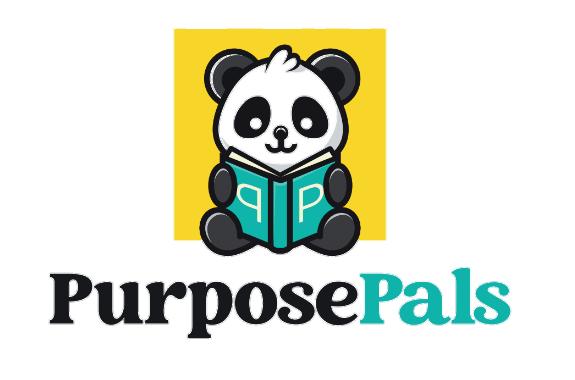


By Khia Thomas, Founder of Infinite Public Relations Firm (IPRF)
Who remembers the age of dial-up? Having to make sure the phone cord was plugged into the back of your desktop computer, waiting for that loud robot sound like a microwave warming up, signaling you were finally online? That was the beginning of the breakdown of social interaction in-person as we knew it. It was a time when being “online” was a novelty, not a lifestyle, and social media was barely a glimmer on the horizon.
Fast forward to today, and social media is the backbone of college culture, personal branding, and networking. But back in 2001, the campus experience
at Florida A&M University was all about personal connections. On the highest of seven hills, as a freshman, being “on the set” — in the quad, in the dorms, or in those packed lecture halls — was just a part of my daily routine. It was a time when relationships were built face-to-face, over shared classes, group projects, or late-night hangouts. And although the heat would have me running from one place to another, trying to minimize misery, I still found myself engaging in those authentic, in-person connections that made college life so “real.”
Rewind! In 2001, the concept of personal branding wasn’t something that was actively discussed. Sure, we tried to stand out, whether by our style, academic achievements, or involvement
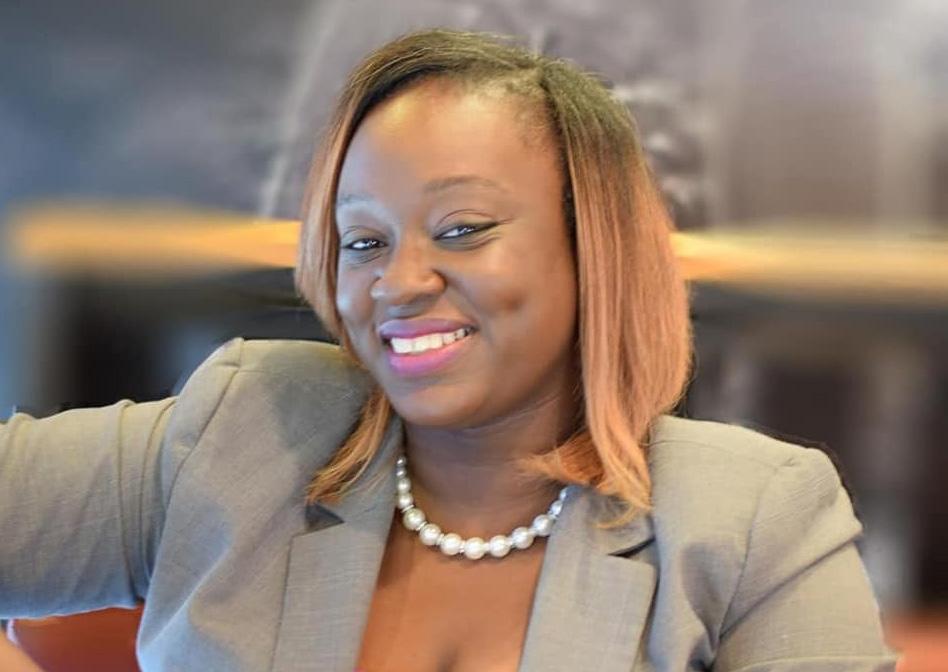
in campus activities, but there was no Instagram or TikTok to curate your image or content. Personal branding was much more organic, based on face-to-face interactions and how you were perceived in real life.
Fast forward to today, and personal branding is everything. If you’re a college student in 2024, your personal brand is being crafted not only by how you dress or what you post but by your entire online presence. College campuses today are digital-first. Students are just as likely to meet new friends online as they are in class, and networking happens virtually just as much as it does at on-campus events.
In 2001, personal branding was something most college students didn’t even consider. We were living in the presocial media era, where Facebook was just starting to make waves (and MySpace was king- with the music in the background). Personal brands weren’t built on Instagram Reels or TikTok trends; they were built by being seen at the right places ororganizational meetings, and yes, even the right parties. Or joining the right clubs, or simply having the right connections.
Fast forward to today — personal branding has exploded. The tools we have now to build a personal brand are endless. Social media platforms like Instagram, TikTok, LinkedIn, and YouTube have completely changed the game.
And let’s not forget the regular college student. Back in the day, our “brand” was determined by how we dressed or who we hung out with. Fast forward to now, and every student, whether they realize it or not, has a personal brand online. Instagram selfies? That’s your brand. Your LinkedIn profile? That’s your brand. The way you engage in class? You guessed it — that’s your brand too.
Let me be clear — building a personal brand isn’t just about boosting your ego or getting likes on Instagram. It’s about establishing your value and purpose in the world. Personal branding today is how you communicate your passion, your skills, and your experience in a way that resonates with the people you want to connect with — clients, employers, or collaborators.
The personal brand you build in college will follow you for the rest of your life. Whether you’re just starting out or are a few years into your career, people will remember the version of you that you put out into the world. And if you haven’t been intentional with that, now is the time to start.
One of the biggest lessons I’ve learned as an entrepreneur is that consistency is key. Your personal brand isn’t just about being online — it’s about being true to yourself, maintaining integrity, and consistently delivering value. Whether it’s on LinkedIn, Instagram, or in person, your brand is how people will remember you, and if you aren’t shaping it, the world will shape it for you.
How to Start Crafting Your Personal Brand Today
If you’re in college and you haven’t started working on your personal brand yet, here’s your wake-up call: Start now! Take stock of who you are, what you’re passionate about, and where you want to be. Ask yourself: “What do I want people to think when they see my name? What value can I add to the world?”
People want to connect with the real you. Authenticity will always win over a fake persona.
Whether it’s on social media or through blogs, show the world what you stand for. Share your insights, experiences, and passions.
In college and beyond, your network is everything. Take every opportunity to build relationships with people who inspire you and who are in the positions you want to be in. Strongly urge against coming off as an opportunist!
In today’s digital world, your online presence is just as important as your in-person interactions. Curate your social media to reflect the brand you want to build. Be able to communicate in person- if you have issues with this- start working on your public speaking.
Personal branding is a marathon, not a sprint. Stay consistent and stay true to your values, and the rest will follow.
Show who you are, what you’re passionate about, and what makes you unique. Don’t wait until your senior year to start building your brand. Whether you’re an entrepreneur, athlete, or student leader, make your mark by showcasing what you’re up to, what you’re learning, and what excites you. Consistency is key!
It’s easy to hide behind the digital screen and not put yourself out there. But the secret sauce to success is still personal relationships —online or offline. Network with professors, classmates, and alumni. You’re building your brand through connections, and LinkedIn and Instagram are perfect tools to make that happen. Attend events, get involved in clubs, and use social media to share yourexperiences. Make sure your digital persona aligns with who you are in the real world.
We’ve all seen those perfectly curated Instagram feeds that make you think someone’s life is flawless. Don’t fall for that trap. Your audience (and potential future employers or collaborators) want to see the real you. Share your hustle,
the grind, the mistakes, and the victories — it’s all part of your personal brand story. Be relatable. Show how you’re growing, learning, and evolving. This authenticity will attract the right people to your brand. I struggle with this myself- I live a life behind the lens- so being in front of the camera is not something like a lot!
Back in my day, we had flyers and word-of-mouth. Now, everything’s online. If you want to make your mark, start creating content that showcases your skills, passion, and interests. Whether it’s a blog, a YouTube channel, or a TikTok series, let the world see what excites you. Your content should speak to your personal journey, whether you’re documenting your time at college or sharing knowledge about something you love. Consistency + Creativity = Building a Brand.
In the days of dial-up, your online presence wasn’t as important as it is now. Everything you post online is part of your brand. So take a minute to think before you tweet or post that picture. Does it align with who you want to be in the future? Will it support the type of career or goals you’re working towards? Social media isn’t just for fun anymore — it’s a powerful tool for shaping your future.
The college hustle is real, but so is the power of a strong, intentional personal brand. Whether you’re just starting out or in the thick of your career, the sooner you start thinking about your personal brand, the better. Your brand is how the world sees you, and in today’s fast-paced, digital world, it’s your key to unlocking opportunities.
So, to all the college students out there — take control of your story. Build your brand, stand out, and get ready to hustle like never before. The future is yours to shape!





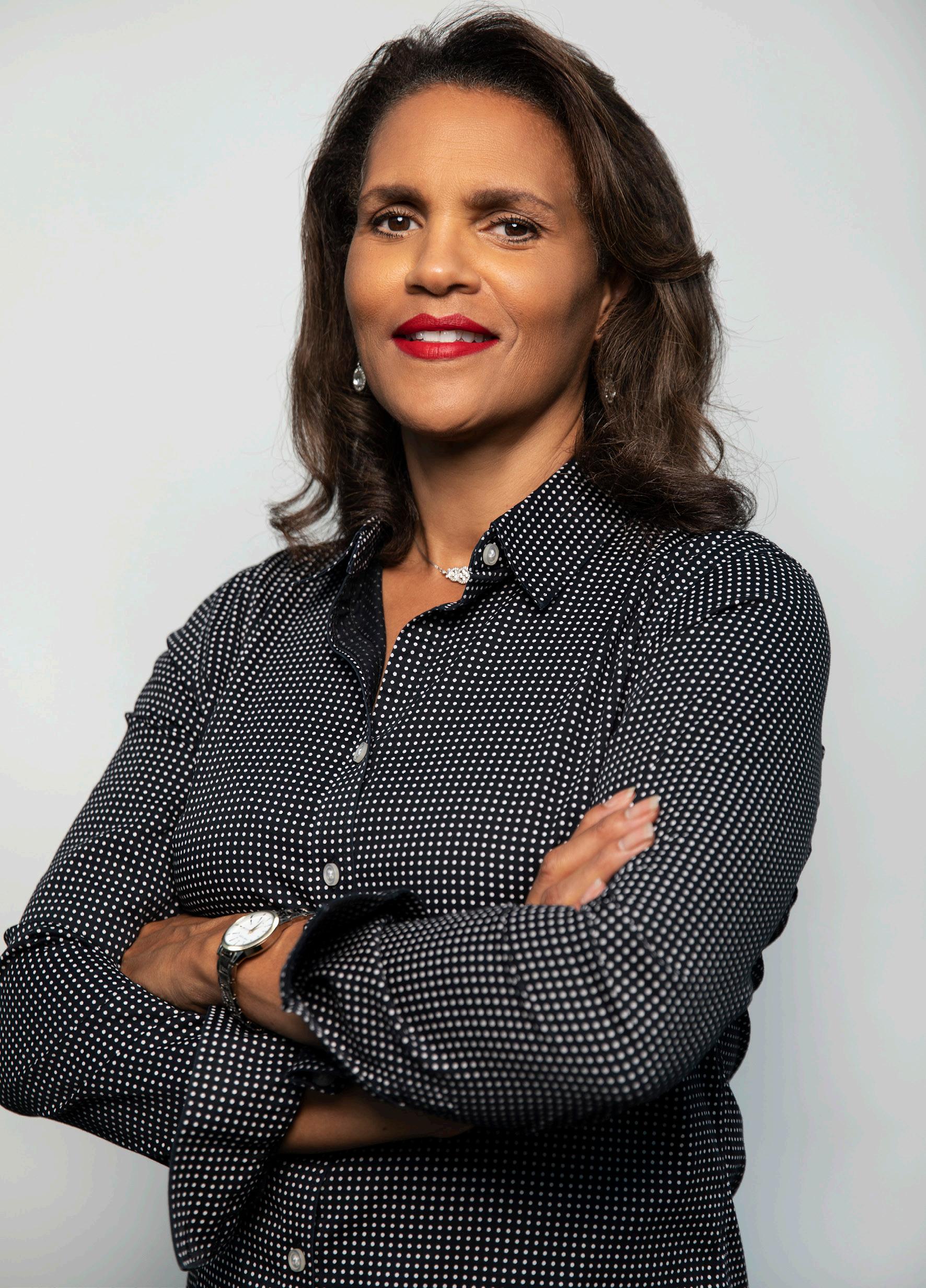
Stacy Milner
By: Felixia Francis
When Stacy Milner founded HBCU in LA in 2017, she had one goal: to open doors for underrepresented students in the entertainment industry. Today, her nonprofit has placed over 500 students from historically Black colleges and universities into competitive internships at major studios like Paramount+.
When Milner embarked on a book tour for Leveraging Up: The Key to Launching Your Entertainment Career, she expected to share advice with students aspiring to enter the entertainment industry. What she didn’t expect was to uncover a disconnect between Hollywood and historically Black colleges and universities (HBCUs).
“I’d ask students how many major entertainment companies had ever visited their campus, and no hands would go up,” Milner recalls. “I realized that these institutions weren’t being thought of as pipelines for talent.”
Determined to change that, Milner founded HBCU in LA, a nonprofit bridging the gap between HBCUs and the entertainment industry. What began as an initiative to connect students with internships has blossomed into a transformative program that provides mentorship, professional development, and a pathway to careers in Hollywood.
At its core, HBCU in LA is about creating equitable access for underrepresented talent in entertainment. “If the industry is serious about diversity and inclusion, it has to invest in these communities,” Milner explains.
Launching a nonprofit came with its challenges. “I didn’t know anything about running a nonprofit,” Milner admits. “The biggest hurdle was realizing the value of our work and asking for financial support to make it happen.”
Milner also highlights the importance of adaptability. The COVID-19 pandemic forced HBCU in LA to pivot to virtual programming, ultimately expanding internship opportunities year-round. “It showed us that we could do more than just summer programs,” she notes. “Students now gain extended exposure to these companies, which creates a deeper impact.”
For aspiring nonprofit founders, Milner offers simple advice: “When you know you’re doing good work, just start. Even if you don’t know everything, surround yourself with the right support and take the leap. If I had been too scared, I wouldn’t have the stories of success I see today.”
As HBCU in LA grows, Milner envisions extending its reach.
“The entertainment industry isn’t just TV and film; it’s live events, sports, and more,” Milner says. “We want to give students access to every corner of this industry.”
Milner also hopes to see the number of students impacted by the program grow. “Right now, we serve about 130 students every summer. In the next five years, I want to double or triple that number while expanding into new verticals.”
Representation lies at the heart of HBCU in LA’s mission. Milner stresses that programs like hers are essential for breaking down systemic barriers. “Without initiatives like this, we won’t create the access and exposure that underrepresented students need to thrive,” she says. From professional development to mentorship and wraparound support, HBCU in LA ensures participants are set up for long-term success.
Milner points to films like Hidden Figures and Tyler Perry’s Six Triple Eight as examples of why diverse voices are needed. “Without us in these spaces, stories like these risk being forgotten. Our students are the ones who will preserve our history and ensure it’s told authentically.”
Milner invites readers to support HBCU in LA by sponsoring students, volunteering, or becoming mentors. “Some students can’t even afford a plane ticket,” she notes. “Your support can make all the difference.” For prospective participants, Milner’s message is simple: “Apply. You have nothing to lose and everything to gain.”
As Milner reflects on her journey, she remains inspired by the voices of her students. “Even on the hard days, when I feel like I can’t keep going, I hear their stories, and it reminds me why this work matters,” she says.
HBCU in LA is not just about placing students in internships; it’s about building a future where the stories told on screen reflect the diversity of the world we live in. And for Milner, the work is far from over.
By Mary Stafford
Starting a nonprofit organization can be an exciting and impactful journey. However, like any business, it requires careful planning, legal compliance, and structured financial management. Below are the essential steps to establish a nonprofit organization and open a bank account to manage the finances effectively.

STEP 1
Before forming a nonprofit, clearly define your mission and vision. This will serve as the foundation for your organization and guide all future activities and decisionmaking. Your mission should address the specific need your nonprofit will serve, while the vision should describe the longterm impact you aim to achieve.

STEP 3

Form a Board of Directors
Most states require nonprofits to have a Board of Directors. The Board will provide oversight, strategic direction, and governance. Choose individuals who share your passion for the mission and have diverse skills, such as finance, law, and management.

STEP 4
STEP 2
Selecting a unique name for your nonprofit is a crucial first step. It should reflect your mission and be easily distinguishable from other organizations. Ensure the name is not already in use by checking your state’s business registry and the U.S. Patent and Trademark Office (ie: https://www. USPTO.gov if operating in the U.S.).
Incorporation is a critical step in formalizing your nonprofit’s legal status. You will need to file Articles of Incorporation with your state’s business filing office. This document includes details such as the nonprofit’s name, mission, address, and the names of the initial board members.
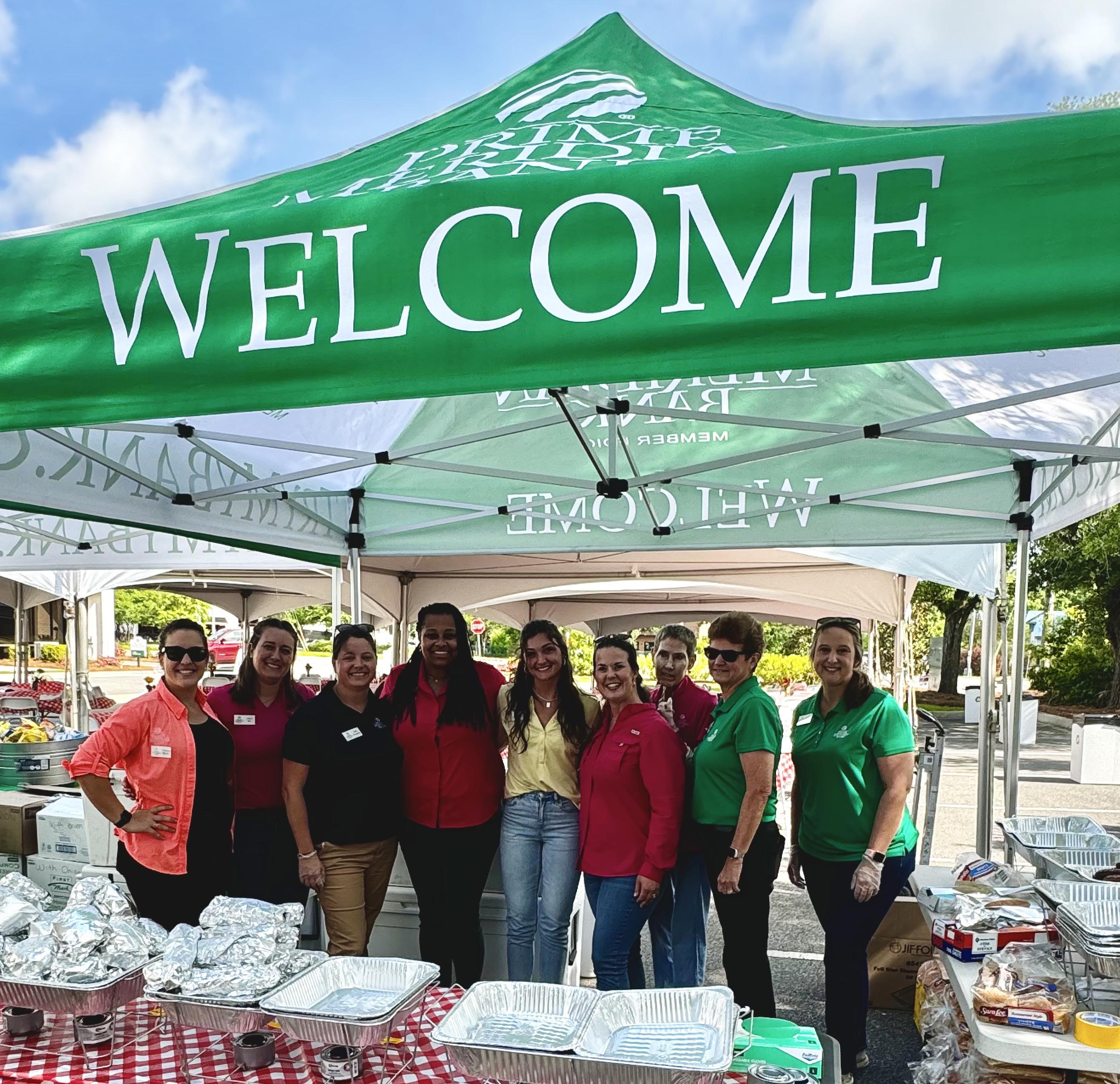

If your nonprofit is located in the U.S. and you wish to qualify for federal taxexempt status, you must apply to the IRS for 501(c)(3) status. This status allows your organization to be exempt from federal income tax and may make your organization eligible for grants and donations that are tax-deductible for donors.

Bylaws outline the rules and procedures for how your nonprofit will operate. They cover areas such as board meetings, voting rights, and the roles of the board members and officers. Bylaws are crucial for ensuring your nonprofit runs smoothly and complies with state and federal regulations.
To apply, you will need to:
◊ Complete IRS Form 1023 (Application for Recognition of Exemption).
◊ Provide detailed information about your nonprofit’s activities, finances, and governance.
◊ Pay the filing fee (which can range from $275 to $600).
Some smaller nonprofits (those with projected annual gross receipts under $50,000) may qualify to file the simpler Form 1023-EZ.

After obtaining 501(c)(3) status (or equivalent in your country), you may also need to apply for state and local tax exemptions. This typically includes exemption from state income, sales, and property taxes. Check with your state’s tax authority for specific requirements.

In many states, nonprofits are required to register with the state attorney general’s office if they plan to solicit donations from the public. This is especially important if your organization intends to engage in fundraising campaigns, grant applications, or other revenue-generating activities.

Once your nonprofit is established, opening a separate business bank account is essential for managing funds and maintaining transparency. Follow the following steps to open a nonprofit bank account:
Select a bank that provides a strong community relationship and ensures their customer support is accessible to meet your organizational needs. Banks offer nonprofit accounts with low or no fees and offer services that meet your activity needs, such as online banking, merchant services, or credit card processing. Some banks offer special nonprofit banking packages with beneficial terms.
Banks will typically ask for the following documents to open a nonprofit account:
◊ EIN (Employer Identification Number): Issued by the Internal Revenue Service (IRS), this is a unique identifier for your organization.
◊ Articles of Incorporation: Proof that your organization is officially incorporated as a nonprofit.
◊ Bylaws: To show how your nonprofit will be governed.
◊ 501(c)(3) Status (if applicable): Proof of tax-exempt status from the IRS.
◊ Board Resolutions: A document that authorizes specific individuals to open and manage the bank account on behalf of the nonprofit.
Step
Decide who will be responsible for managing the account. The Board or authorized officers will need to approve who can access the account and sign checks. Make sure your bank has clear procedures for maintaining transparency and accountability.
To activate the bank account, you may be required to make an initial deposit. This amount varies depending on the bank, usually a small balance to get the account started.

After your nonprofit is established and your bank account is open, ongoing compliance with legal and financial reporting is required. Seek guidance from a CPA or attorney who specializes in nonprofits to assist with these steps. This includes:
Annual filings with the IRS: Nonprofits must file annual returns, typically Form 990 or Form 990-EZ, which provides details about your finances, governance, and activities.
State filings: Check your state’s requirements for annual reports and taxes.
Financial records: Keep accurate records of all donations, grants, expenses, and activities.
Starting a nonprofit organization is a fulfilling way to contribute to a cause, but it requires significant preparation and attention to detail. By following these steps—defining your mission, incorporating, obtaining tax-exempt status, and setting up financial systems—you can ensure your nonprofit is legally compliant, financially sound, and positioned to make a positive impact in your community.



Mary Stafford is VP/Senior Business Develop Officer for Prime Meridian Bank, Tallahassee, FL.The Bank offers a broad range of business and personal banking services. Founded in 2008, Prime Meridian Bank serves clients in north and central Florida, as well as south Georgia. The Bank has four Florida locations: two in Tallahassee, one in Crawfordville, and a fourth in Lakeland.
For more information about Prime Meridian Bank, please visit www. primemeridianbank.com. Member FDIC. Equal Housing Lender. NMLS# 393620.

By Nayla Harris
By Nayla Harris


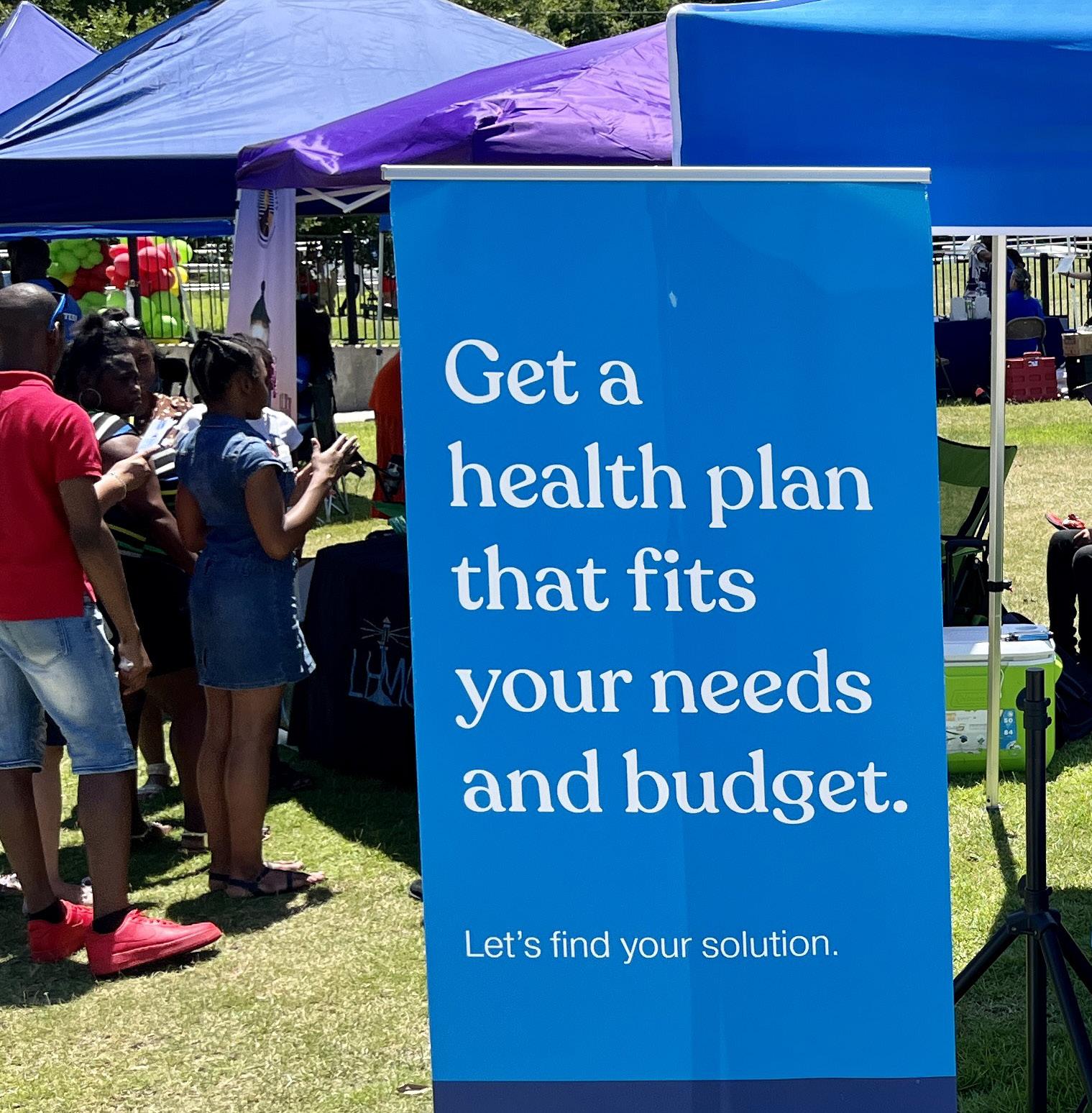
Renard Head currently serves as the co-lead for the sales team at Blue Cross Blue Shield, where he manages and mentors a dynamic group of sales professionals. In his leadership role, Renard focuses on identifying growth opportunities, implementing effective sales strategies, and ensuring the delivery of exceptional service to clients. Reflecting on his career with Blue Cross Blue Shield, Renard expresses pride in the growth, learning, and meaningful contributions he has made to the organization’s continued success.
Renard’s journey began over a decade ago when he joined Blue Cross Blue Shield in Tennessee as a service representative. This entry-level role provided him with a strong foundation in customer service, allowing him to build relationships and address the diverse needs of
clients. After a year in Tennessee, Renard relocated to Florida, where he embraced the opportunity to serve as a sales representative. Over the next nine years, Renard consistently exceeded expectations, growing both in skill and confidence.
A significant highlight of Renard’s sales career has been his consistent ranking as a top producer in the state. For the past five years, he has been recognized among the top five sales representatives in Florida, even earning the honor of being the number-one producer during this period. These accomplishments reflect Renard’s dedication to understanding client needs, building trust, and delivering tailored solutions that align with clients’ goals.
Transitioning into the private insurance sector presented a steep learning curve, particularly for someone like Renard who had relied on military insurance in the past. He had to
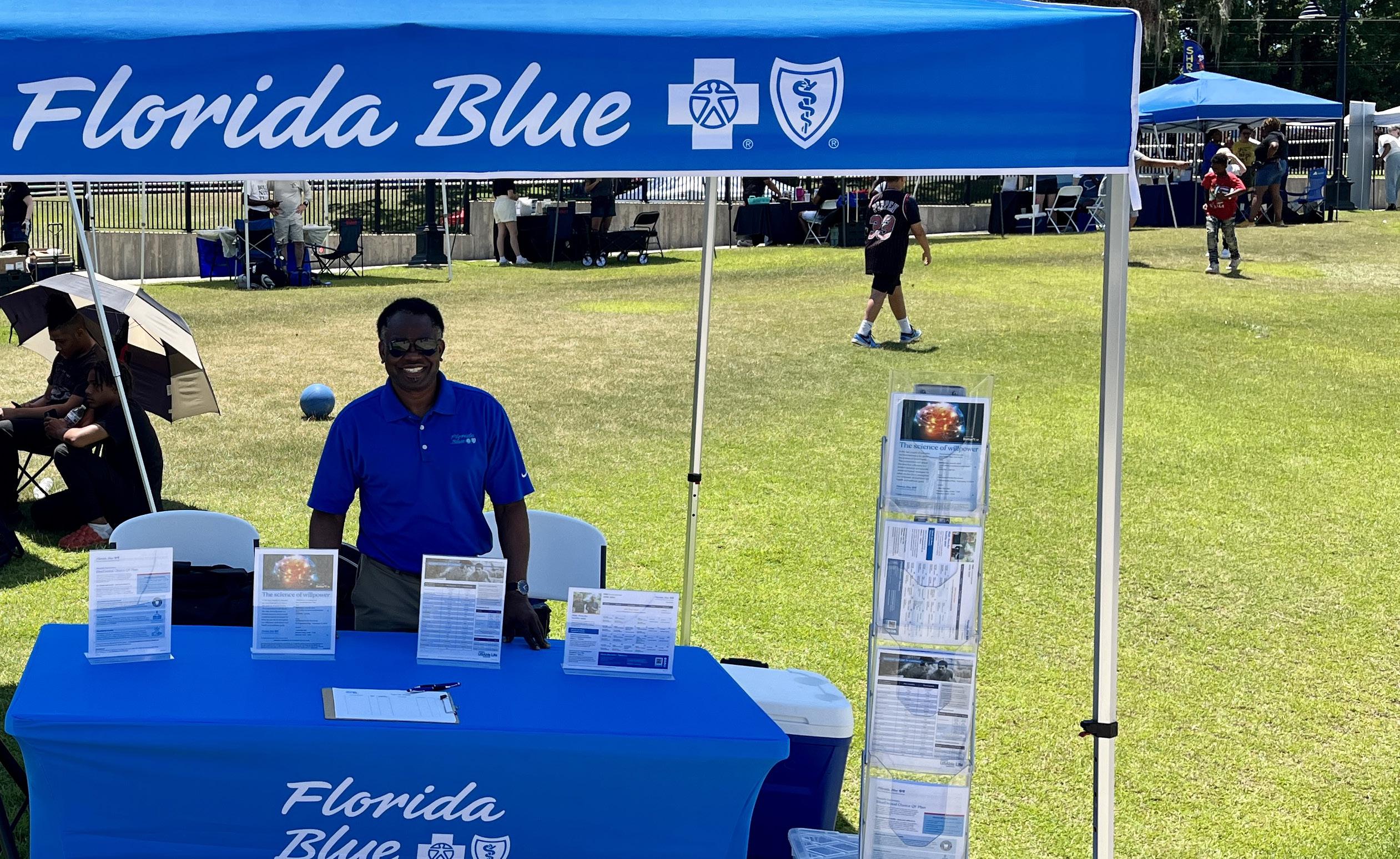
familiarize himself with the complexities of private, singlebased insurance plans, mastering concepts like deductibles, copays, and policy structures. Blue Cross Blue Shield provided an exceptional environment for this learning curve, offering extensive support for both employees and clients. The organization’s collaborative approach—bringing together service representatives, care teams, and social workers—ensures a holistic solution to clients’ needs, providing comprehensive care and attention.
For college students, Renard’s journey can offer valuable lessons. Blue Cross Blue Shield is a place where early career development and growth are supported through mentorship, skill-building, and opportunities for advancement. The company’s focus on empowering employees with resources and knowledge is an important takeaway for those entering
the workforce after graduation. For students considering a career in sales or customer service, Blue Cross Blue Shield offers a proven environment where they can thrive, develop leadership skills, and contribute meaningfully to the well-being of others.
Renard’s career demonstrates that perseverance, adaptability, and a people-first mindset are key to building success. His journey from a service representative to a leader of a sales team shows that there are diverse career paths within an organization that values professional and personal growth. College students interested in making a lasting impact can look to Renard’s story as an inspiring example of how hard work and dedication can lead to meaningful opportunities.
From Jacksonville to Tallahassee, Cory’s passion for service and leadership has shaped Florida Blue’s impact on people’s lives
By Nayla Harris

Cory Brenenson’s nearly nine-year journey with Florida Blue has been nothing short of transformative, both for him personally and for the many individuals and families he’s helped along the way. From his early days in Jacksonville to his current role as a Center Leader in Tallahassee, Cory has worked in various roles across service, sales, and leadership. Today, he oversees the daily operations of three Florida Blue Centers, where he continues to focus on the company’s mission to improve health and wellness in the communities it serves.
Q: Cory, you’ve been with Florida Blue for nearly nine years now. What initially drew you to the organization, and how has your journey evolved over time?
A: I’ve always been passionate about helping people, and Florida Blue’s mission resonated with me from the start. I first joined the company in Jacksonville, and since then, I’ve had the opportunity to take on several roles, from service and sales to leadership. Each role has taught me something new, but what has remained consistent is the opportunity to truly impact people’s lives. That’s what keeps me motivated and excited about my work.
Q: Florida Blue is a not-for-profit organization, which makes it stand out in the health insurance industry. Can you talk a bit about the company’s unique approach?
A: Absolutely. Florida Blue isn’t just about selling health plans—we’re about making a real difference in people’s lives. Our mission is simple: to help people and communities achieve better health. We take the time to connect with individuals, educate them, and provide personalized guidance to help them make informed decisions. It’s about more than just healthcare; it’s about truly caring for the people we serve.
Q: One of the standout features of Florida Blue is the Centers themselves. Can you tell us a bit more about what makes them so special?
A: Our Florida Blue Centers are a huge part of what sets us apart. What makes them unique is the face-to-face interaction we provide. When you walk into one of our centers, you’re not just another number. We take the time to listen, understand your needs, and find the best solutions for you. Whether you’re enrolling in a health plan, looking to understand your benefits, or seeking advice on wellness, we’re here to help you in person.
Q: You mentioned the additional services offered at the centers. Can you elaborate on that?
A: Definitely. In addition to our team of experts in health coverage, each center has nurses who specialize in preventive care and health education. We offer Personal Health Assessments that include biometric screenings, giving people personalized insights into their health and practical steps to improve it. It’s a great way to give our community members a clearer understanding of where they stand and how they can stay healthier.
Q: What really stands out to me is how Florida Blue goes beyond healthcare coverage to help people facing other challenges. Can you share more about that?
A: That’s one of the aspects I’m most proud of. We have community specialists who are licensed social workers, and they’re able to assist people facing challenges like food insecurity, financial struggles, or overwhelming medical bills. They connect people with resources, whether or not they’re Florida Blue members. It’s incredibly rewarding to see someone realize they aren’t alone and that there’s help available for them.
Q: You’ve mentioned a recent outreach event in Quincy. What did that experience mean to you?
A: That was one of my favorite moments in recent memory. We held an outreach event at a Piggly Wiggly in Quincy where
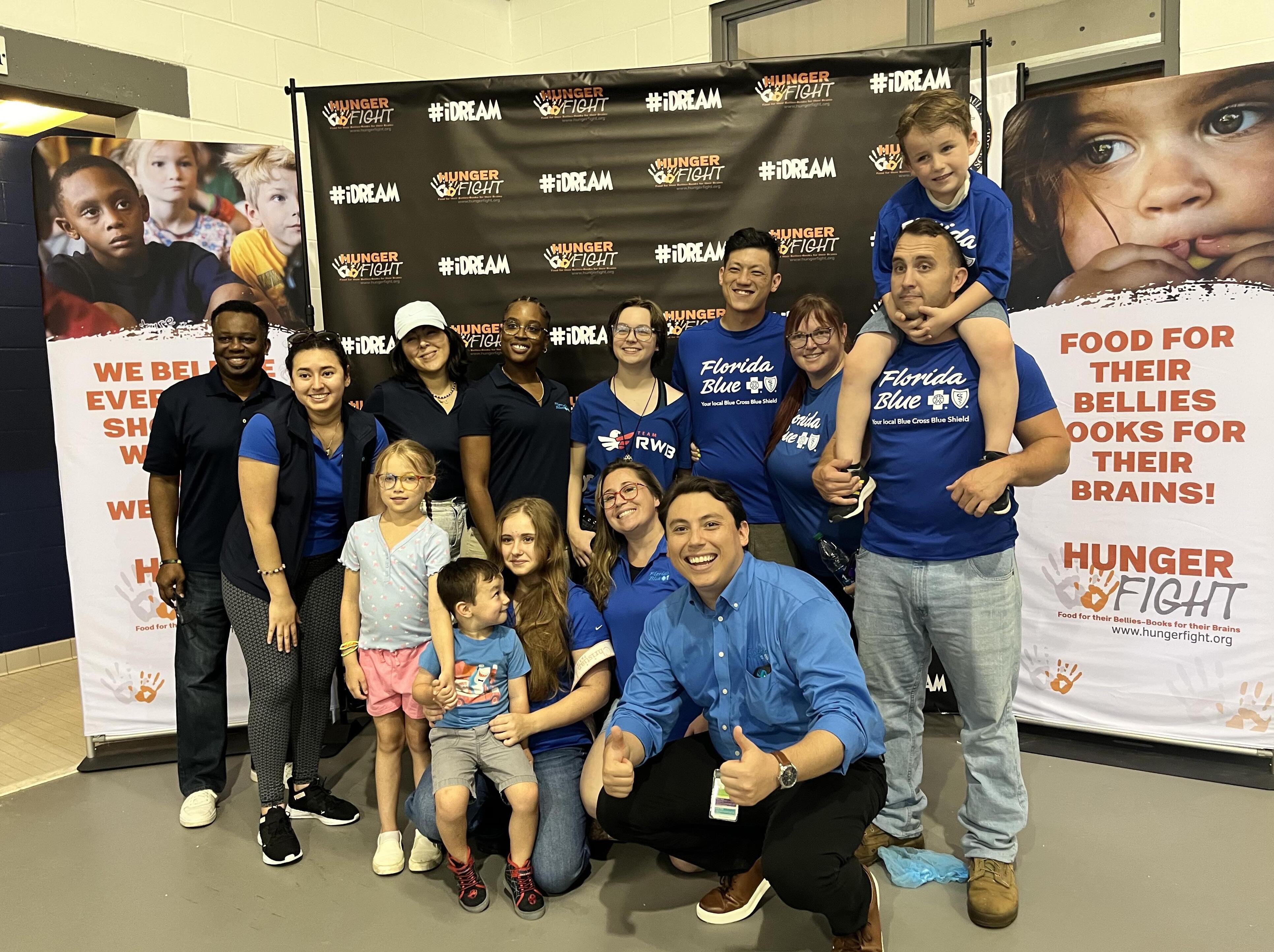
many people stopped by with questions about health coverage. Some were unsure where to begin, while others were feeling overwhelmed. We were able to help them navigate the process, provide the information they needed, and even assist with enrolling in a plan that made sense for them. The gratitude and relief they expressed were immediate—it’s moments like that that remind me why I do this work.
Q: Florida Blue emphasizes education over sales. How does that philosophy guide your work?
A:Education is the cornerstone of what we do. Our goal isn’t to push people into a plan but to empower them to make informed decisions about their health. If we determine that a different option outside of Florida Blue is better suited for someone, we’re honest about that. It’s not about selling health plans; it’s about helping individuals find what works best for them.
Q: What do you find most rewarding about your role at Florida Blue?
A: The most rewarding part for me is seeing the immediate impact we have on people’s lives. There’s no waiting to see the difference we make—it’s right in front of us. Whether someone comes to us feeling confused or anxious, they leave feeling supported, informed, and empowered. That’s what makes every day worthwhile.
Cory Brenenson can be reached at Cory.Brenenson @bcbsfl.com for any questions or further information on Florida Blue’s services and outreach initiatives.

By Felixia Francis
When you open your closet in the morning, you may be making more than a fashion statement. The colors and styles you choose could have a profound effect on your mood and mental well-being. From the comforting embrace of soft knits to the empowering allure of bold hues, what we wear is tied to how we feel.
Color has long been studied for its psychological effects, with researchers and fashion enthusiasts alike exploring its impact on emotions. Warm colors like red, orange, and yellow often evoke feelings of energy, passion, and optimism. On the other hand, cool tones such as blue, green, and purple are associated with calm, relaxation, and balance.
Red: Known to boost confidence and energy levels, red is often chosen for moments when you want to stand out or feel empowered. However, too much red can be overstimulating, so balance is key.
Blue: A calming hue, blue can help reduce stress and promote focus. It’s an excellent choice for days when you need to stay grounded or face highpressure situations.
Yellow: Bright and cheerful, yellow is often associated with happiness and
creativity. Incorporating this color can elevate your mood, especially during dreary weather.
Green: Representing renewal and harmony, green is a grounding color that promotes relaxation and connection to nature.
Black and White: These neutrals have their own psychological effects. Black can feel sophisticated and powerful but might also come across as somber, while white evokes purity and simplicity, offering a fresh start.
The style of your clothing can act as an emotional shield or a mood booster. On days when you’re feeling low, slipping into a tailored blazer or a pair of structured boots can provide an instant sense of control and confidence. Likewise, soft fabrics like cashmere or silk can offer comfort and a sense of self-care when you’re feeling vulnerable.
Understanding the connection between clothing and mood allows you to make intentional wardrobe choices. Here are a few tips to harness the mood-boosting power of your closet:
1. Use Color to Set the Tone: Feeling anxious about a presentation? Incorporate calming blues or grounding
greens into your outfit. Need a confidence boost? Opt for red or black.
2. Prioritize Comfort: While style is important, uncomfortable clothing can create unnecessary stress. Choose pieces that feel good against your skin and allow freedom of movement.
3. Channel Your Inner Self: Clothing is an extension of your personality. Wear pieces that make you feel authentically you, whether it’s a vintage jacket or a bold graphic tee.
4. Experiment with Accessories: Sometimes, a vibrant scarf or statement earrings can elevate not just your outfit but also your mood.
While clothing is not a replacement for professional mental health care, it can be a valuable tool for emotional regulation. By understanding the psychology behind your wardrobe, you can dress in a way that uplifts your spirit and projects the best version of yourself to the world.
Fashion is more than aesthetics, it’s a gateway to emotional well-being. So, the next time you open your closet, think beyond style and consider how your choices can brighten not just your day but your outlook on life.
Badass is locally owned and operated in Tallahassee, Florida.
We are known for our regular, spicy, and specialty topping peanuts. Our secret boil bath doesn't consist of any meat.
We stand by our promise. If you can eat just one and you don't like them. Give them back for a full refund.
Find us on Facebook, Instagram, and Twitter#badasstallypeanuts

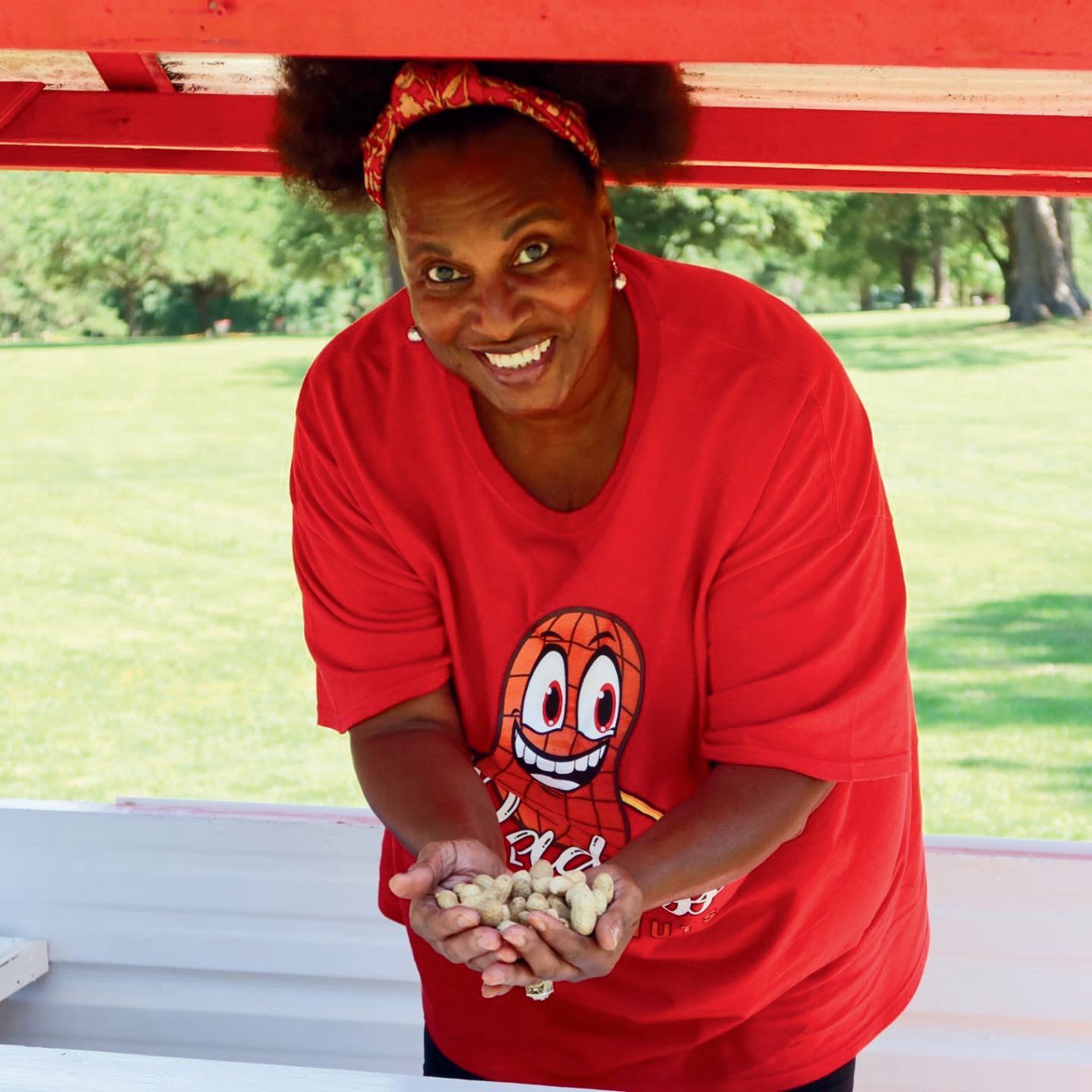




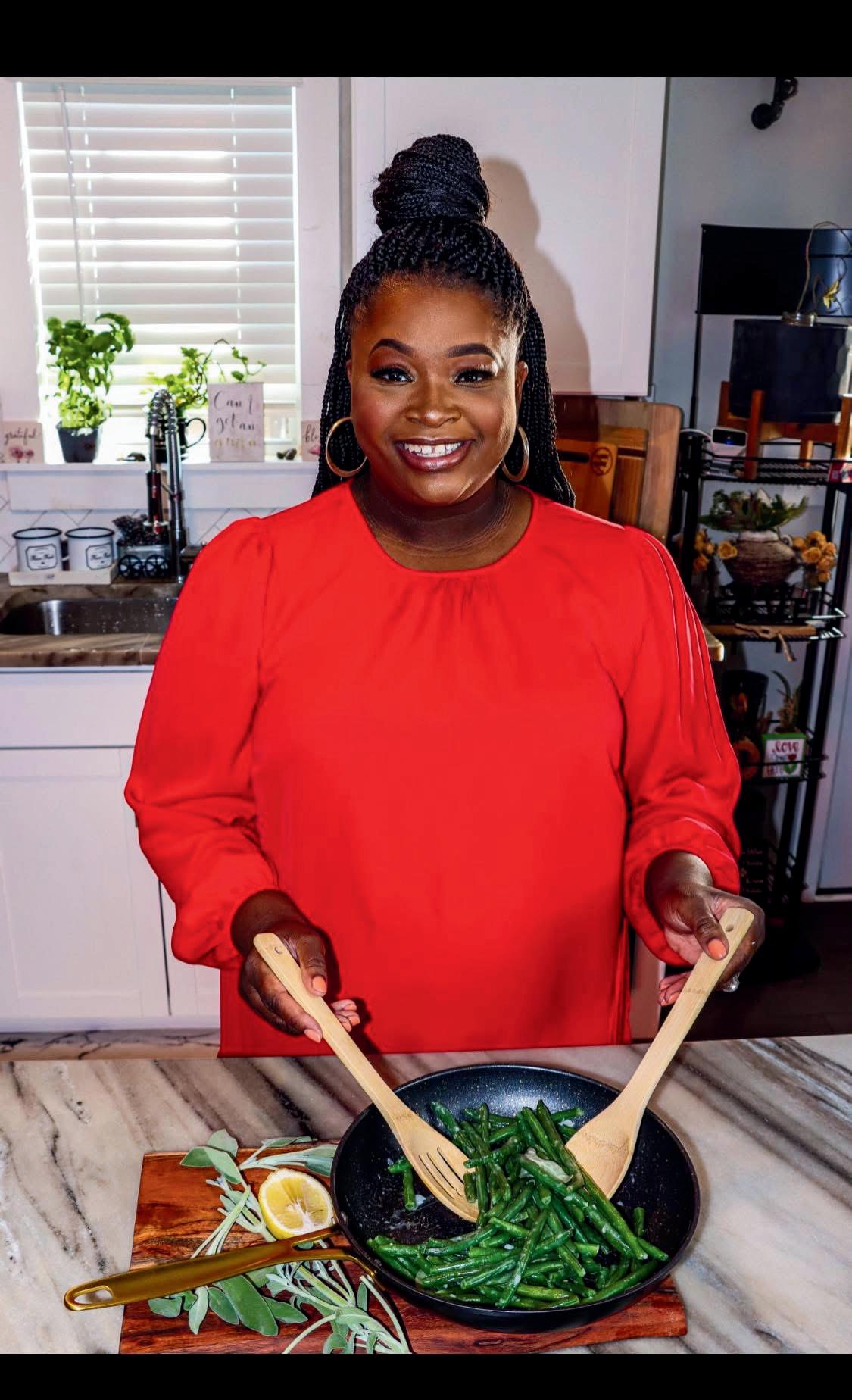


Looking to expand your brand’s reach and visibility?
We understand that advertising can be a daunting task and reaching the right audience is important to the success of your business.
With Approved & Grant-ED you will have a targeted audience waiting to see the services and products that you provide. Whether you’re a small local business or a large corporation, our advertising solutions can help you connect with potential customers and grow your business.
Our team specializes in search engine optimization. Additionally, our advertising packages are designed to be budget-friendly, so you can get your business seen by more people in today’s digital age.
Contact us at hello@approvedandgranted.com to learn more about how we can help!
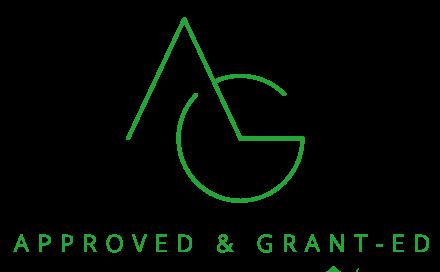



Thank you to our amazing sponsors for your generous support. Your contribution is instrumental in providing funding to support grants within our community.

